When I was reviewing the Fujfilm X-T5 a few months ago I was impressed by the overall progress Fuji has made with this most recent in the X-T series, but I couldn’t help drawing parallels to another recent Fuji camera – Fujifilm X-H2. I hadn’t reviewed the X-H2 yet, but on paper, I noticed that many of my critiques of the X-T5 were answered in the X-H2…for only a few hundred dollars more. I was eager to spend time with the X-H2, but it took a few months before I could fit it into my schedule, but I’m glad I did. After spending some quality time with the X-H2, I can safely say that this is the next Fuji camera I will personally buy. I think of it as the APS-C equivalent of a camera like the Canon EOS R5 – a high resolution camera that also manages to be a good action camera…and video camera. In this case the X-H2 was the first Fuji model to sport an ultra-high resolution 40.2MP sensor that delivers wonderfully detailed 7728 x 5152 pixel images. The new sensor is definitely the headline new feature here, though there are a number of other improvements that we’ll explore as a part of our review…including robust focus and deep buffers.
As noted, the Fujfilm X-H2 is sold slightly upmarket of the X-T5 at a price point of about $2000 USD. That additional $300 nets you a more professional grade body, much deeper buffers, improved viewfinder, and more robust video features and is well worth considering if you have deeper pockets. The X-T and X-H lines differ in terms of their basic design philosophy. The X-T series employs a retro-design with a lot of physical controls (some of which are very useful, others less so) while the X-H series employs more moderns controls along with having the top mounted LCD screen commonly associated with premium cameras.
There is a certain amount of market parity these days, and there are some things that Sony, Canon, and Nikon do better, though Fuji has had a long investment in the APS-C mirrorless space, and it shows in the maturity of the system. These other brands are more focused in the full frame market, but Fuji has focused on APS-C and never entered the full frame space. That has led to more lens development (including a revamping of same aging designs with new MK II version) along with a fully fleshed out accessory market. And, as noted, the opening up of the platform to third party development has lead to some excellent third party options at more affordable price points which helps close the gap with a company like Sony that has long been more third party friendly. I primarily used three excellent lenses in this review – the high end XF 200mm F2 (and 1.4x TC) to test tracking action (my review of the lens here), the amazing third party Viltrox Pro AF 75mm F1.2 portrait lens (my review here), and the new(ish) Fujinon XF 33mm F1.4 – a wonderfully compact large aperture lens with a roughly “normal” angle of view (my review here).
I’ll refer to to it more in this review, but it should be noted that Fuji also makes the X-H2S, a sports oriented model that retails for about $500 more ($2500 USD). While the X-H2S has a lower resolution point of 26MP, it features a stacked BSI sensor (like those found in cameras like the Canon EOS R3, Sony Alpha 1, or Sony a9 series). It allows you to record up to 40FPS in electronic shutter mode (double the X-H2) with deeper buffers and also minimizes rolling shutter, something that can be an issue with the X-H2. That’s why I compare the X-H2 to something like the Canon EOS R5, as it is more of a high end jack-of-all-trades.
There are still some areas where Fuji lags a bit, and my primary complaints are focused on some rolling shutter issues, an autofocus system that, while vastly improved, still lags in some areas behind the other brands along with my continued frustration with navigating Fuji’s Q-menu. I’ve not seen any real progress on their touchscreen capabilities in four years. But while I might prefer the focus system of, say, the Canon R7 (my review here), the complete lack of appealing lenses there means that Fuji is still offering the more appealing system in general. There are a lot of great things about Fuji’s approach to APS-C, so let’s take a closer look if the flagship Fuji X-H2 meets your needs for photography and/or video. If you would prefer to watch your reviews, you can choose watch my definitive video review below…or just keep reading.
Check me out on: My Patreon: | Google+: | Facebook: | Twitter: | Flickr: | 500px: | Sign Up for My Newsletter :
Follow Me @ YouTube | Patreon | Instagram | Facebook | DA Merchandise | Flickr | 500px Thanks to Fujifilm Canada for loaning me the X-H2 and lenses for this review. As always, this is a completely independent review and my conclusions are my own.
X-H2 Build, Handling, and Features
Here are the highlights of the new features:
- 40MP APS-C X-Trans5 BSI Sensor
- 7-Stop In-Body Image Stabilization
- 8K 30p, 4K 60p, FHD 240p 10-Bit Video
- 5.76m-Dot OLED Electronic Viewfinder
- 160MP Pixel Shift Multi-Shot
- 20 fps E-Shutter, 15 fps Mech. Shutter
- CFexpress Type B & SD UHS-II Card Slots
- ProRes Raw, Blackmagic Raw via HDMI
- Intelligent Hybrid Autofocus
There are a lot of core improvements to the X-H2, including the unprecedented resolution level for APS-C, the inclusion of video recording up to 8K, improved IBIS, and some improvements to ergonomic elements like a higher resolution OLED viewfinder. All of this adds up to a camera that ticks a lot of the boxes for me.
That starts with the basic ergonomics of the camera. The X-H2 is easily my favorite Fuji APS-C camera to handle thus far, as, being slightly larger, it fits my hands much better. The X-T5 is 130 x 91 x 64mm (5.1 x 3.6 x 2.5″) and weighs 557g (16.8oz), while the X-H2 is 136.3 x 92.9 x 84.6 mm (5.4 x 3.7 x 3.3″) and weighs 1.5 lb / 660g. All of those dimensions are slightly larger, but the most significant difference is in the depth (20mm difference), which makes for a much more robust grip that fills my hands better. The X-H2 and the Canon EOS R7 are my favorite mirrorless APS-C models to handle and use for similar reasons.
As noted, the control scheme is more traditional as well. The X-T5 utilizes a lot of dials for basic controls like ISO, shutter speed, etc… The X-H2 utilizes the traditional front and back wheels for control and utilizes a button/wheel combination for choosing ISO. This is helped by the top LCD screen which gives you immediate feedback on your selection.
My only gripe is that I would prefer a third wheel rather than the D-pad arranged around the Menu/OK button.
Further navigation comes via a nice little joystick (that is also clickable as another button).
There is a three inch fully articulating 1.62m dot resolution LCD screen there as well, and while the resolution of the X-T5’s tilting screen is slightly higher (1.84m dot), I personally strongly prefer the flexibility of the fully articulated screen. For one, it allows you to front monitor the camera for video, and as someone who sets up shots and then sits in front of the camera, I can tell you that this can be a big deal for being able to monitor the framing of the shot (is my head half out of the frame?) but also catching some recording issues (full memory card, depleted battery, etc…) Articulating screens are also more flexible for the angles that they can be used at compared to a tilting screen, though at least Fuji’s tilt screen allow them to be tilted on a couple of different axis. A lot of people debate which is better – tilting or articulating – though I’ll note Sony has managed to go one better in their recent a7RV camera which has a cleverly designed rear LCD that is both articulating and tilting.
The touch functionality hasn’t really progressed in the past five years, and the touch action isn’t as responsive or useful as Canon’s mirrorless cameras (where all menu options can be accessed via touch and the screen is nicely responsive) or even as useful as the newer Sony cameras. The X-H2 does allow for things like dragging the focus point around with a thumb when you are looking through the viewfinder, and will also allow one to tap an autofocus point and even take a photo through that means. I didn’t find it as responsive as either Canon or Sony’s touchscreens for touching to focus during video mode. There’s some definite input lag before autofocus responds. You can navigate the Q menu (to some degree) by touch, but the main menu has no touch navigation.
Other physical controls take the form of seven buttons on the back of the camera along with a four-position directional pad (each direction can also be programmed for a different function). One of these is a dedicated Q (quick menu) button. This is similar to Canon’s approach, though I prefer Canon’s method of navigation in that menu. There are a number of options there (16, typically) in the Q Menu, which is good, but when you select one of those options with the tiny joystick also located on the back, the logical (at least for me) choice is to select the option you want to change by hitting either the OK button on clicking the little joystick (clicking it in works similarly to the OK button). Instead of opening up the options for that choice, however, it okays the choice already made and closes the Q menu.
Frustrating. Just like it was on the ten other Fuji cameras I’ve tested.
What the camera actually wants you to do is to move over to the desired setting you want to change and then rotate the rear wheel to change the settings (without another dialogue box ever being opened). I don’t find this a very intuitive process even after reviewing 10 Fuji cameras over the past several years and, more often than not, I’ll click either the joystick or the OK button and have to start the process over again. What’s interesting about this is that while you cannot use the touchscreen to select in the regular menus, you can tap on the icons for the various options in the Q menu and it will open up a dialogue box and allow to select the option you want (by a tap on it) in the way that you would expect the menu to work all the time.
On top we have the aforementioned LCD readout, a large mode dial (complete with a total of 7!!! custom modes), three buttons to the right of the LCD, then the shutter and video record buttons close together. The video record button is on the small side, but there is some logic to having them both close together there.
What we don’t have is a switch that allows us to fully switch between a video and stills layout.
There are two custom buttons on the front, with one occupying the position where Fuji puts the M/C/S dial, though by default the button there controls a similar function. I think I prefer the dial, personally, but the button does have the advantage of letting you control that without moving the camera away from your eye.
Another strength of Fuji’s cameras (though one that takes some familiarity to execute) is that most of the buttons and dials can be customized and have different values assigned to them. I mostly like the configuration of the buttons and vastly prefer the X-H2’s placement of the Q button relative to the X-T5. I don’t love the Fuji’s approach to reviewing and deleting images. Typically the delete button on other cameras is in the location of the Display/Back button, while on Fuji camera’s it is next to the play button on the upper left. Deleting images also takes one more step than on other cameras, and I just don’t find it quite as intuitive.
One of the headline improvements is that the IBIS (In Body Image Stabilization) has improved. I’ve been impressed with Fuji’s stabilization in general, whether in-camera or in-lens, and the IBIS in the new X-H2 is rated at up to 7 stops, making it one of the most robust IBIS system I’ve tested to date by the numbers. I put the X-T5 (with similar stabilization) in the hands of a friend who is an industry professional (he does the ads/branding for a significant company) and he was wowed by the stability of the system for fluid handheld video shots.
At this stage I would say that the IBIS performance in real world use does improve on what I’ve seen with Sony and even Canon, though, as always, I find that getting perfectly sharp images at extremely low shutters speeds is an unreliable process. The practicality of “seven stops” in many applications is not going to happen. For example, I should be able to handhold the XF 35mm F1.4 R for nearly 4 second shutter speeds. That just isn’t realistic. I’m personally more concerned more concerned with eliminating motion blur in normal shots where the shutter speeds fall outside the margins and getting stable handheld video, and by these metrics the IBIS is a success.
Effective IBIS is wonderful because it applies to all lenses, making a longer portrait lens like the XF 90mm F2 (my review here) much more useful and easier to use. Though the XF 200mm F2 does have lens stabilization as well, I was able to get a stabilized image at 280mm (200mm F2 + 1.4x) and at 1/5th of a second. That’s well over 400mm in full frame equivalent, making for somewhere right under 7 stops. That’s pretty impressive!
The X-H2 utilized the newer NP-W235 battery, a 2350 mAh pack which is rated by CIPA to give 540 shots per charge (680 in Economy mode), which is slightly less than the X-T5. The battery life is competitive across the board (for mirrorless), and I think it worthy of note that the X-H2’s battery can be charged via the USB-C port in camera by most any power source…including a portable power bank. There is also an included USB-C charging cord and AC power adapter included in the box. I found that my real world battery performance was better than what I’m seeing from the four other cameras that I currently own.
Unlike the X-T5, the X-H2 is compatible with a battery grip. The VG-XH grip runs about $400 and allows you to have vertical controls plus a second battery for easy all-day shooting. You can also purchase an innovative fan attachment (Fan-001) that allows for active cooling and ensures you can shoot high bitrate video for long periods without worrying about overheating.
The X-H2 has a nicely damped shutter that has good feel and a great “schnick” sound to it. The shutter speed limit is the typical 1/8000th of a second. The headline improvement here is in the electronic shutter, which increases the maximum shutter speed from 1/32,000th of a second to a massive 1/180,000th of a second, allowing you to really freeze action (if you can achieve the ideal conditions that allow for such a fast shutter speed). This is probably not really a practical improvement for most people in most situations. One feature I do like is the ability to set the shutter option to where the camera smartly chooses the right shutter option for most situations. Up to 1/2000th of a second it will choose Electronic Front Shutter, then mechanical shutter (without EF) until the mechanical limit of 1/8000th, then electronic shutter takes over after that for really fast shutter speeds.
There is a little port on the front of the camera that is the flash sync port. It unscrews and pops off, but is also very small, so be careful not to lose it! On the left side of the camera are four small doors that cover different connection ports. There are a couple of key improvements here over the X-T5 is you want to capture video. The most important is that we have a full size HDMI port rather than the dinky micro-HDMI found on the X-T5. The X-T5 also lacked a headphone monitoring jack, whereas the X-H2 includes one in the port underneath the microphone input. The final door covers the USB-C port. Charging can be done via the USB-C port, and I was happy to find that even small power-banks would help to quickly charge the camera.
The right side of the camera houses the card slots. The X-H2 has one CF Express Type B standard and a UHS-II compatible SD slot as well. CF Express Type B cards are more expensive, but they offer much faster write speeds, which is a big part of why the buffer depth is so much deeper in the X-H2 relative to the X-T5 (which has only SD slots).
The X-H2 sports a OLED electronic viewfinder design with a 5.76m-dot resolution and 0.80x magnification. That’s definitely a higher resolution point than the 3.69m dot resolution of the X-T5.
The camera body is made of a magnesium alloy and sports quality weather sealing. Fuji touts 79 different weather sealing points in the body, giving it about 25% more seals than the X-T5. The camera feels very tough and durable. There are a lot of little things that add up to a more premium camera made for professional use.
The menu is very familiar, with little changes that I can see. Fuji has a wide range of menu options, and nearly all controls can be customized to the user’s preference. Every camera maker has a different way of organizing such menus, and so expect to have to learn where everything is if you aren’t a long-time Fuji shooter, but I found the menus fairly logical once I began to learn how Fuji labels things. Everything is organized under seven main groups: (Image Quality, AF/MF, Shooting Settings, Flash Settings, Movie Settings, Setup, and Network). There is an eighth tab called “My” (My Menu) that will be populated once you select custom functions to be there. I like to task commonly used settings that I haven’t assigned to a physical control to that area. If you aren’t confident navigating menus, however, you may find these menus a little overwhelming. There is a LOT of room for customization, and little instruction for what different settings do.
Many of my critiques here are my general gripes about Fuji cameras; the X-H2 is my favorite Fuji body thus far…and that includes the four GF (medium format) cameras I’ve tested.
Fuji X-H2 Autofocus Performance
The X-T5 and X-H2 share a common focus system. Improvements are more along the lines of improved focus algorithms and potentially better processing of the focus data via the X-Processor 5. Fuji’s marketing says, “X-Processor 5 features subject-detection AF based on Deep Learning technology that automatically detects and tracks a broad range of subjects, including animals, birds, cars, motorcycles, bicycles, airplanes, and trains – as well as human faces and eyes. Image-makers can concentrate on composition and creativity, confident that X-H2 will track focus accurately.” Note that phase detection “pixels” is not the same as phase detection points, as we have the same number of selectable AF points (425) as we’ve had over the past two generations. The key improvement is the addition of Deep Learning AI technology that improves Eye detection and the number of subjects that can be identified and tracked. In addition to human subjects this now includes animals, birds, cars, motorcycles, bicycles, airplanes, and trains.
As before we have 425 selectable AF points spread over most of the frame.
Phase Detect sensitivity is rated down to -7 EV (with the 50mm F1.0 lens), but that will vary depending on the maximum aperture of the lens you have mounted. I had good focus results (though some reduced focus speed, as per usual) in very low light conditions. It always helps to have an edge on your subject (a contrast point) to aid AF, but I was able to lock accurate focus in varied lighting conditions with good success. This shot is at 1/12th second, F2.8, ISO 12,800 (very dim conditions!).
An area where Fuji’s focus system is actually very good is in the tracking of high speed action. Tracking is improved on the X-H2 with the ability to do the Deep Learning AI tracking of a wide variety of subjects. The burst rate with the mechanical shutter is 15 FPS (with full continuous autofocus). This is obviously exceptionally fast, and easily exceeds the 11FPS offered by the Sony a6600 and matches the 15FPS of the Canon EOS R7. The mechanical shutter allows you up to 1/8000th second shutter speeds. You can go faster, however, by selecting the electronic shutter which is rated at shutter speeds up to 1/180,000th of a second. This enables Sports Crop Mode (1.2px) that gives you a bit of additional reach and allows the burst rate to climb to 20 FPS, though surprisingly the 30FPS option of the X-T3 and X-T4 is gone. The Canon R7 gives you 30 FPS, and the X-H2S will give you 40FPS, but those are also lower resolution points and a little more focused on sports.
I tested this while shooting some pickup basketball and found that for certain things (like basketball) rolling shutter becomes a major issue with the X-H2 if used with the electronic shutter. Rolling shutter is a type of image distortion that occurs when the motion of a subject is moving too fast for the camera’s sensor to capture properly. It happens most often during panning action. I found that the basketball and even player’s heads got stretched and distorted during certain sequences, like this:
The solution is fairly simple, and that is to use the mechanical shutter in those type of situations, though obviously you have to settle for the slower (15FPS) burst rate.
I used the mechanical shutter for some bird in flight (BIF) tests and had no issue with rolling shutter.
I should note that there were sequences during the basketball setting that were just fine, and I did notice the rolling shutter mostly with the longer telephoto combination (200mm F2 + 1.4x). At the same time, I’ve never seen rolling shutter effects quite so pronounced. If you want the best Fuji camera for action, choose the X-H2S with its stacked sensor (the faster readout from stacked sensors largely mitigates the effects of rolling shutter).
One of my laments during the X-T5 review was the shallow buffer depth, and it was one of the things that stood out to me as a compelling reason to consider the X-H2 instead. The X-H2 can record up to 1000+ JPEGs and over 400 RAW files at 20FPS (and 1000+ lossless compressed RAWs at the 15FPS mechanical level) as compared 168 JPEGs, up to 72 compressed RAW files, up to 41 lossless compressed RAWs, and only 23 uncompressed RAW files on the X-T5. If you want to shoot with the mechanical shutter on the X-T5 (without the “sports crop”), the buffer will fill faster still. You can get 119 JPEGs, 39 Compressed RAWs, 22 Lossless Compressed RAWs, and only 19 uncompressed RAWs. I found that the buffer filled very quickly in my tests of the X-T5 with less than 1.5 seconds (with RAW files) to capture your action sequence before the frame rate drops. The X-H2 is much more robust in this area.
I had no such problem with the X-H2, shooting long sequences of actions without a concern about the buffer depth, and the faster memory card (CF-E Type B) meant that I never saw any downtime for the buffer to clear. It’s quite liberating to not have to worry about timing the burst perfectly and being able to hold down that shutter button just a bit longer. It also makes the X-H2 a more versatile camera than the X-T5, which is one more reason why I would consider the X-H2 a more compelling choice personally. It just means that you won’t miss the killer shot in the sequence.
During shooting BIF I found that once tracking was attached to the subject (shooting in “Bird” mode), I had good results along with a strong visual connection to tracking the eyes or head of the bird. I felt that subject acquisition wasn’t as good as the sports models from Canon or Sony (focus didn’t “snap” onto the subject as fast when trying to acquire a bird on the wing), but tracking was good once I got focus established. Bottom line is that the AF system is excellent for tracking action, and I’ve considered this to be one of the strengths for the system. I would give the edge to the Canon EOS R7 as the best APS-C camera for action, but I give the X-H2 high marks for overall versatility.
Fuji has been gradually improving their Eye AF tracking via firmware and updated algorithms, and the X-H2 benefits from having the newest iteration of that. I found Eye detection better than on previous Fuji bodies, but still not quite as effortless on what I’m seeing on recent Sony and Canon bodies. I was typically able to get very good focus accuracy, though it takes a little more work than on those other brands. In this shot, for example, there are a lot of distracting layers before the deer, but focus ignored the obstacles and grabbed the right subject.
I also took this shot of Ferrari at F1.4 with the XF 33mm F1.4, and you can see excellent focus on the eye.
I used the X-H2 in an event setting and had nice focus accuracy. It gave me quick detection of the eye and tracked it accurately whether the eye was facing the camera or in profile.
It’s also worth noting that autofocus has improved on the excellent Viltrox 75mm F1.2 (still a Fuji exclusive at the moment) due to firmware updating, and I was pleasantly surprised by the consistency of focus during the same pickup basketball game. It acquired focus fairly quickly and tracked the players consistently without swings to front or back focus.
I largely had good overall focus accuracy during my time with the X-H2, though I don’t enjoy Fuji’s approach to whole sensor tracking. It’s fine for the most part once a subject has been selected, but even when you expand the focus area to whole sensor tracking a smaller green box remains. You can move that box around by touch or the joystick, but you essentially have to get that green box on the subject before whole sensor tracking begins. But there’s no question that Fuji’s autofocus is becoming more competitive with the leading brands. If you are looking specifically for a sports-oriented Fujifilm camera, consider the X-H2S, but the X-H2 does a pretty remarkable job of being quite good at everything…including tracking action. Just watch out for that rolling shutter.
Fuji X-H2 Sensor Performance
The headline improvement of the X-H2 is the new 40.2MP X-Trans CMOS 5 HR sensor that is shared with the X-T5 (and future models, I’m sure). Fuji says this of the new sensor, “The high-resolution 40.2MP X-Trans CMOS 5 HR sensor has an enhanced image-processing algorithm that boosts resolution without compromising the signal-to-noise ratio, delivering astonishing image quality.” I’m liking this new sensor, which in many ways seems to deliver more resolution than the 32MP sensor found in Canon’s EOS R7 without adding any new compromises.
If you want even more resolution (and have the right kind of subject), you can use the new Pixel Shift Multi-Shot which utilizes the sensor shifting ability to combine 16 shots into a single 160MP shot…though you’ll have to download the free Pixel Shift Combiner software from Fuji to combine the images (it can’t be done in camera, unfortunately). That’s more of a commitment than I had time to make to this review, so you’ll have to explore this feature for yourself.
We’ve improved the resolution here but have retained the very rich Fujifilm color science that delivers very pleasing images.
Many people love Fuji colors, and they include a number of their film emulations that can give a unique “feel” to images and/or video footage. Feel free to skip over the technical information if it doesn’t interest you; any modern camera can give you fantastic images.
Fuji X-H2 ISO Performance
As the sensor is shared with the X-T5, I’m going to reuse my tests from my X-T5 review to avoid redundancy. Fuji tends to be a little more conservative with their native ISO range than other companies and resort to less marketing hype, though I frankly find the ISO performance to be ever bit as good as the best from Canon and Sony (the other brands I test). In this case the native range is expanded slightly, but on the bottom end, as the base ISO is now 125 rather than 160. The native limit is still 12,800, though expanded options at 25,600 and 51,200 are available. I didn’t really feel like there was much of a step back relative to the 26MP sensor of the past despite the increased resolution, with images at ISO 6400 looking usable in real world situations.
At ISO 800 there is a mild addition of noise only detectable in the shadows. There isn’t a lot of difference from base ISO, however, and moving on to ISO 1600 shows little difference. At ISO 3200 there is slightly less contrast and slightly more noise, and that pattern continues at ISO 6400 and 12,800, where the noise becomes rougher and more visible in shadow areas. The first stop in the expanded range (25,600) looks about the same as what you would find on a Sony or Canon camera (where it is included in the native ISO range), with more visible noise and black levels that aren’t as deep due to “hot” pixels. ISO 51,200 should be be avoided, as image quality is several stops worse even though that is only one stop more. There’s a fair difference between ISO 3200 and 12,800:
Fuji says that the X-Trans sensor produces a more film-grain-like noise pattern, but it mostly looks like the pattern noise I see with most cameras.
What is a strength, however, is color fidelity. I never really see a shift to greens or magenta as the ISO raises, nor do I see obvious banding in the shadow areas. Overall I’m impressed with the performance. This real world image at ISO 12,800 looks perfectly useful to me.
Switch it to a monochrome where a bit of grain is desirable (Acros +R here) and you’ve got a great looking shot.
This is all very impressive considering how much the resolution has increased. The 26MP sensor had a pixel pitch of 3.74 µm; this 42MP sensor has a pixel pitch of 3.04 µm. That’s a lot of pixels packed close together, and it is very impressive how Fuji has managed to pair high resolution with fairly clean ISO performance.
Fuji X-H2 Dynamic Range Performance
I value dynamic range within a camera in two specific areas: the ability to cleanly lift shadows without introducing noise or color banding and the ability to recover highlights without introducing “hot spots” where information has been permanently lost.
Having good dynamic range (particularly if you shoot RAW), allows you a lot more creative vision over how the final image will turn out, though it is always worth mentioning that just because you can raise shadows or reduce highlights it doesn’t always mean you should. Sometimes a photo with crushed shadows or blown out highlights is the better one.
Fuji has an extra trick up its sleeve to help you maximize dynamic range performance in such scenes, which we’ll get to in just a moment.
In my tests, I found that the X-H2 did an excellent job of recovering shadows very cleanly. Here we have an image that I purposefully underexposed by four stops. As you can see in the original RAW image, there is very little information left there. In post I added those four stops back into the recovered image. What we find is an image that has been recovered with very little penalty, whether viewed globally:
…or at a pixel level:
I could even recover shadows fairly cleanly at five stops, though you can see some additional noise has been introduced in the checkerboard pattern of the tabletop.
As is often the case, however, highlight recovery lags behind shadow recovery. Even at 3 stops of recovered highlights there is damage done to the image with both “hotspots” (information that cannot be recovered) and the loss of some colors in our swatches.
Sony is about a half-stop better in this regard, but Fuji has one other trick that I previously mentioned. If you move beyond the base ISO to either ISO 250 or 500 (and beyond), two new options open up in the menu. These are DR200 (available at ISO 250) and DR400 (available at ISO 400). What these do is essentially split the sensor readout so that the shadow information is gathered from the current ISO setting while the highlight information comes from base ISO. At ISO 250 that gives you one additional stop in the highlights (DR200), while at ISO 500 you gain two (DR400). This allows you to overexpose the image slightly so that you have plenty of information in the shadows, but since there is one or two stops less exposure in the highlights, you have plenty of ability to recover blown out areas in post. I also find that you retain better contrast even if you underexpose and recover using this method (here’s the DR400 recovered result at three stops of overexposure compared to the base ISO three-stop recovery):
Note how much more detailed and bright the right (DR400) recovery result looks. The shadow information looks the same on the two images (ISO 500 isn’t high enough to really introduce any additional noise), but the highlights are brighter and have much great fidelity. You’ll also note how much richer the colors are in the swatches by comparison. The better retention of highlights has vastly improved the overall contrast. I would pick the image on the right every time. It looks like a natural photograph despite the fairly radical recovery of highlights.
The original looked like a complete mistake (misfiring flash, wrong settings, etc..), while the recovered image looks like a perfectly exposed shot. This is a technique well worth utilizing where needed, though I found that for the most part I did have enough dynamic range to edit as desired even at the base ISO. This shot, for example, has full information in the shadows but has also allowed me to retain the beautiful nuances of the morning sky.
That’s a very useful amount of dynamic range, and if you need more, just use the DR200 or DR400 modes (I did use DR200 in the shot above). It’s worth noting that due to the increased sensitivity in the ISO (base ISO of 125 vs 160) both of those are available earlier than they were previously, meaning that you can keep the noise down even more than on previous Fuji bodies.
On the video front we find that the X-H2 has Fuji’s F-LOG2 which boasts over 13 stops of dynamic range, meaning that you have more video dynamic range available than on previous models that only had the original F-LOG profile.
X-H2Resolution and Detail
The new 40.2MP sensor is a whopping 53% higher in pixel count than the 26.16MP sensor on previous Fuji cameras. That additional resolution has a lot of potential value, particularly when, as we’ve seen above, it doesn’t come with a lot of extra baggage in terms of reduced ISO performance. For portrait photographers, that high resolution means that you can take one portrait and get multiple different crops out of just one image.
For landscape photographers, you get the same kind of versatility. I can tighten the crop to show more detail from the scene…and I’m still at the resolution level of the 26MP cameras:
Macro photographers can increase their level of magnification while also retaining plenty of resolution for printing or sharing. I can crop in this much while retaining 100% of the resolution of the 26MP sensor:
I could obviously crop much deeper and still have plenty of resolution for most applications.
Wildlife photographers will also enjoy the flexibility of deeply cropping. In this original shot there are a lot of distractions in the frame, and the great detail on the gull isn’t as highlighted as I would like.
A deep crop removes the distractions and allows the image to be simple and clean.
I’m having a hard time finding a downside to the resolution here, particularly when there is a Lossless Compressed RAW file option that keeps the file size down to a reasonable 40MB(ish) size, JPEGs are around 18MB, and if you want even smaller file sizes, you now can choose the HEIF image format which delivers 10-bit image quality in files up to 30% smaller than standard JPEGs.
X-H2 Color
Fujifilm has a solid reputation when it comes to color science. Their long experience with film (it’s right there in the name!!) has translated into a retro-oriented view at film emulation in their digital cameras. You can choose from 19 simulated Fujifilm film stocks in camera from color film simulations to a variety of monochrome stocks as well. These include: (PROVIA/Standard, Velvia/Vivid, ASTIA/Soft, Classic Chrome, PRO Neg.Hi, PRO Neg.Std, Classic Neg., Nostalgic Neg., ETERNA/Cinema, ETERNA BLEACH BYPASS, ACROS, ACROS + Ye Filter, ACROS + R Filter, ACROS + G Filter, Black & White, Black & White + Ye Filter, Black & White + R Filter, Black & White + G Filter, Sepia). One of my personal favorites is Classic Chrome. Here’s a JPEG shot in Classic Chrome that shows off the slightly blue shadows and general look that I enjoy about the simulation.
You can also control grain (if that’s your thing) in camera as well. Most of these tweaks in-camera will only matter if you are shooting JPEGs. If you are shooting RAWs you can do all of this in post. Here’s the same scene from the RAW image rendered in Astia/Soft, Velvia/Vivid, and then Provia/Standard:
Many that have chosen Fuji have done so for their ability to shoot JPEGs and get what they like right out of camera. If that sounds like you, then the Fuji X-T5 might be a great choice. It’s certainly got a lot of customization available for influencing the output. The RAW colors are nice to process as well. Here’s one that I’ve processed using the Velvia profile (and the 30mm F2.8 Macro):
I would recommend that you take a long look at the Image Galleries page to see if you like what is there – most of which has received minimal processing so you can make a fair determination.
Fuji X-H2 Video
A new sensor means new video possibilities as well, and in this case while the X-T5 maxed out at 6.2K at 30P, the X-H2 allows you to jump all the way up to 8K30. Video options include:
- [8K(16:9)] 7680 x 4320 29.97p/25p/24p/23.98p 720Mbps/360Mbps/200Mbps/100Mbps/50Mbps
- [6.2K(16:9)] 6240 x 3510 29.97p/25p/24p/23.98p 720Mbps/360Mbps/200Mbps/100Mbps/50Mbps
- [DCI4K HQ(17:9)] 4096 x 2160 29.97p/25p/24p/23.98p 720Mbps/360Mbps/200Mbps/100Mbps/50Mbps
- [4K HQ(16:9)] 3840 x 2160 29.97p/25p/24p/23.98p 720Mbps/360Mbps/200Mbps/100Mbps/50Mbps
- [DCI4K(17:9)] 4096 x 2160 59.94p/50p/29.97p/25p/24p/23.98p 720Mbps/360Mbps/200Mbps/100Mbps/50Mbps
- [4K(16:9)] 3840 x 2160 59.94p/50p/29.97p/25p/24p/23.98p 720Mbps/360Mbps/200Mbps/100Mbps/50Mbps
- [Full HD(17:9)] 2048 x 1080 59.94p/50p/29.97p/25p/24p/23.98p 720Mbps/360Mbps/200Mbps/100Mbps/50Mbps
- [Full HD(16:9)] 1920 x 1080 59.94p/50p/29.97p/25p/24p/23.98p 720Mbps/360Mbps/200Mbps/100Mbps/50Mbps
- [Full HD(17:9) High speed rec.] 2048 x 1080 240p/200p/120p/100p 720Mbps(recording)/360Mbps(recording)/200Mbps(recording)
- [Full HD(16:9) High speed rec.] 1920 x 1080 240p/200p/120p/100p 720Mbps(recording)/360Mbps(recording)/200Mbps(recording)
4K frame rate still tops out at 60FPS, so you’ll have to drop to Full HD for the best slow motion performance, though in this case that’s as fast as 240FPS. This is obviously a very robust suite of video options and bitrates. The inclusion of the aforementioned F-LOG2 also helps give you more editing headroom, and footage looks really nice off the X-H2.
The improved IBIS is obviously a huge benefit to the X-H2’s video capture, giving the ability to move around a bit while retaining smooth footage. The newer Fuji lenses tend to perform better with focus pulls than older lenses (which often showed a lot of visible stepping). When I tested the new Fuji 30mm F2.8 Macro (with Linear Motor focus) on the X-T5, I found that focus pulls were as fast and smooth as what I’m seeing on any other platform.
The X-H2 allows has better cooling built into the body design, a headphone monitoring jack, and that full size HDMI output that adds up to a more serious video rig than the X-T5. Add to this the fully articulating LCD screen and the ability to output ProRes Raw, Blackmagic Raw via HDMI and you’ve got a very nice video camera. You’ll need to utilize the CF Express Type B card for some of those higher bitrates (and you’ll need a good size card if you record at 720Mbps), but that’s true of any such camera. Those who prioritize video will probably find the video specs the most compelling reason to spend the extra on the X-H2 over the X-T5.
Conclusion
The FUJIFILM X-H2 is my favorite Fuji APS-C camera to date, and the new 40MP sensor is definitely a standout. I definitely prefer it to the older 26MP sensor and am impressed with what Fuji has managed to do with it. It compares favorably to Canon’s 32MP sensor on the EOS R7 while offering superior resolution. Image quality is definitely lovely from this camera.
There are some who prefer the retro aesthetic of the X-T series, but I found the X-H2 to be ergonomically sound for the most part and easy to get familiar with. I love the way the camera feels in the hand and have relatively few critiques unique to the X-H2 itself. The great film simulations and beautiful JPEGs are a delight to many Fuji fans, and that retro aesthetic to the design and the film simulations appeal to the “purists” who only grudgingly accept the digital era. Here’s an “Acros” monochrome.
Autofocus continues to improve, though this is probably the area that I would still like to see the biggest refining in. I would prefer some tweaking to the way that whole sensor tracking and continuous autofocus is handled, as I feel that both Sony and especially Canon have some advantages here, but the X-H2 does delight with a deep buffer that allows you to keep shooting to nail the action.
Though I liked the X-T5, I definitely prefer the X-H2 as it adds a number of features including: much deeper buffers, superior memory card technology, 8K video, fully articulating LCD screen, higher resolution viewfinder, has a full size HDMI port along with a native headphone jack, and can be gotten with a vertical grip and cooling fan. It just feels better in my hands, too. The difference in price is only $300, and if your work includes either video or sports photography, it is probably well worth that additional $300. The X-H2 is one of the most compelling arguments for those that feel that APS-C cameras can be sound replacements for full frame cameras at a lower price point, and I think that Fuji has done a great job of executing a highly skilled jack-of-all-trades in the Fujifilm X-H2.
Pros:
- The new 40MP sensor is excellent
- Beautiful build with a great grip
- Improved IBIS works better than ever
- Excellent focus system with Deep Learning AI for tracking action
- Competitive burst rates
- Very deep buffers
- Shutter rated up to 500,000 actuations
- High resolution viewfinder
- Good battery performance
- Good detail, ISO performance, and dynamic range
- Robust video specs, including 8K30P options
- Huge amounts of customization available for images and controls
- Solid ergonomics
- Great lens selection
Cons:
- Eye AF performance still lags behind Sony and Canon
- Whole screen tracking not as smoothly implemented as competitors
- Some obvious rolling shutter with electronic shutter
- Touchscreen navigation remains limited
- Q menu navigation remains frustrating
Gear Used:
Purchase the Fujifilm X-H2 @ B&H Photo | Adorama | Amazon | Camera Canada | Amazon Canada | Amazon UK | Amazon Germany
Purchase the Fujifilm X-T5 @ B&H Photo | Amazon | Camera Canada | Amazon Canada | Amazon UK | Find it Used at KEH
Purchase the Fujinon XF 33mm F1.4 @ B&H Photo | Adorama | Amazon | Camera Canada | Amazon Canada | Amazon UK | Amazon Germany
Purchase the Fujinon XF 30mm F2.8 Macro @ B&H Photo | Amazon | Camera Canada | Amazon Canada | Amazon UK
Purchase the Viltrox Pro AF 75mm F1.2 @ B&H Photo | Amazon | Viltrox (use code DUSTINABBOTT for 10% off) | Amazon Canada | Amazon UK | Pergear Store
Want to support this channel? Use these affiliate links to shop at: B&H Photo | Amazon | | Camera Canada | Ebay | Make a donation via Paypal
Buy DA Merchandise https://bit.ly/TWIMerch Peak Design Leash Strap: Peak Design Store | B&H Photo | Amazon | Amazon Canada | Amazon UK Adobe Photoshop Creative Cloud 1-Year Subscription Get a discount off all Skylum Editing Software (Luminar, Aurora HDR, AirMagic) by using code DUSTINHDR at checkout: Visit Dustin’s Amazon Storefront and see his favorite gear Purchasing your gear through B&H and these links helps fund this website and keeps the articles coming. You can also make a donation here if you would like. Visit my Amazon page for some of my gear of choice! Thank you for your support.  Purchasing your gear through B&H and these links helps fund this website and keeps the articles coming. You can also make a donation here if you would like. Visit my Amazon page for some of my gear of choice! Thank you for your support.
Purchasing your gear through B&H and these links helps fund this website and keeps the articles coming. You can also make a donation here if you would like. Visit my Amazon page for some of my gear of choice! Thank you for your support.
Receive a 5% discount on all purchases at Amplis Foto, Canada’s Leading Photographic Supplier. Please enter discount code: AMPLIS52018DA in your cart. It is good for everything in your cart, and is stackable with other coupons, too! It will take 5% off your entire order! Proceeds go towards keeping this site going and providing you with new reviews!
Use Code “DUSTINHDR” to get $10 off ($15 CDN) any Skylum product: Luminar, Aurora, or AirMagic
Keywords: Fujifilm, X-H2, FujiFILM X-H2, X-H2 Review, X-T5, Fuji X-H2, Fuji X-H2 Review, Fujinon, Dustin Abbott, Review, Sensor, Tracking, IBIS, Stabilization, Eye AF, 100-400mm, 200mm F2, F2.8, 30mm F2.8 Macro, XF, Review, Hands On, Video Test, Sharpness, High ISO, Autofocus, Dynamic Range, 40MP, 40 MP, Lens, Comparison, Test, Dustinabbott.net, APS-C, X-Trans, letthelightin, DA



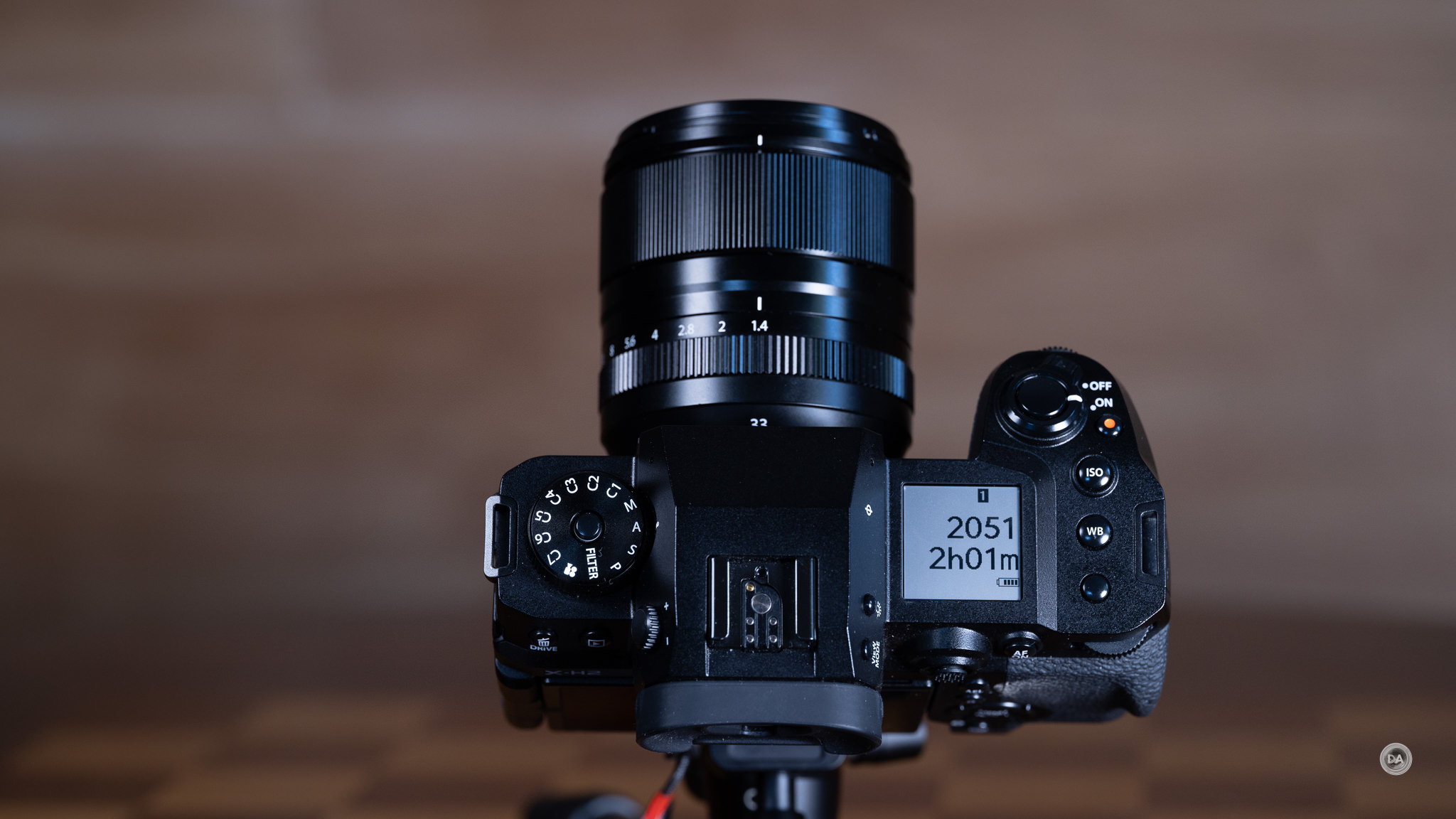
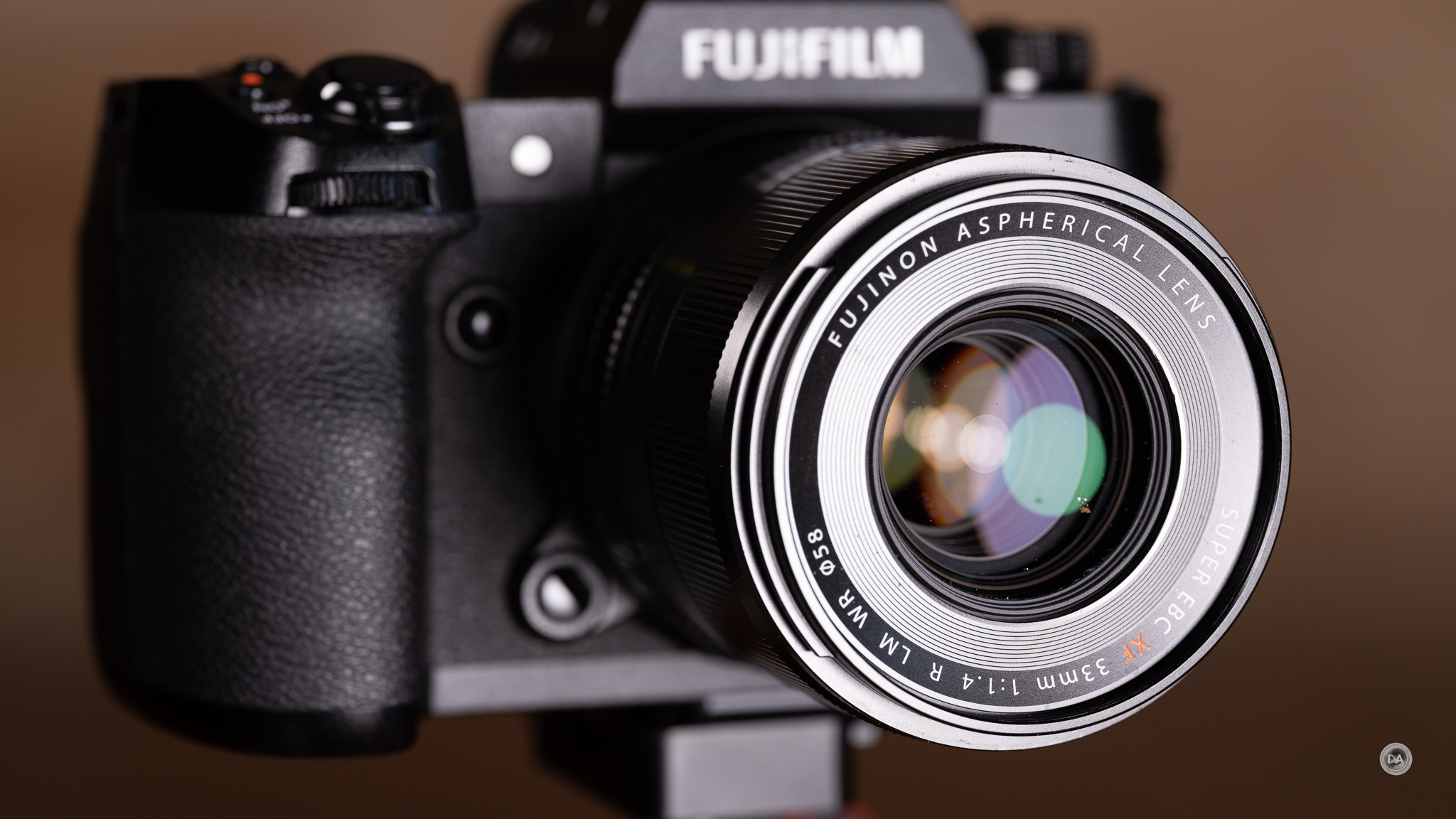
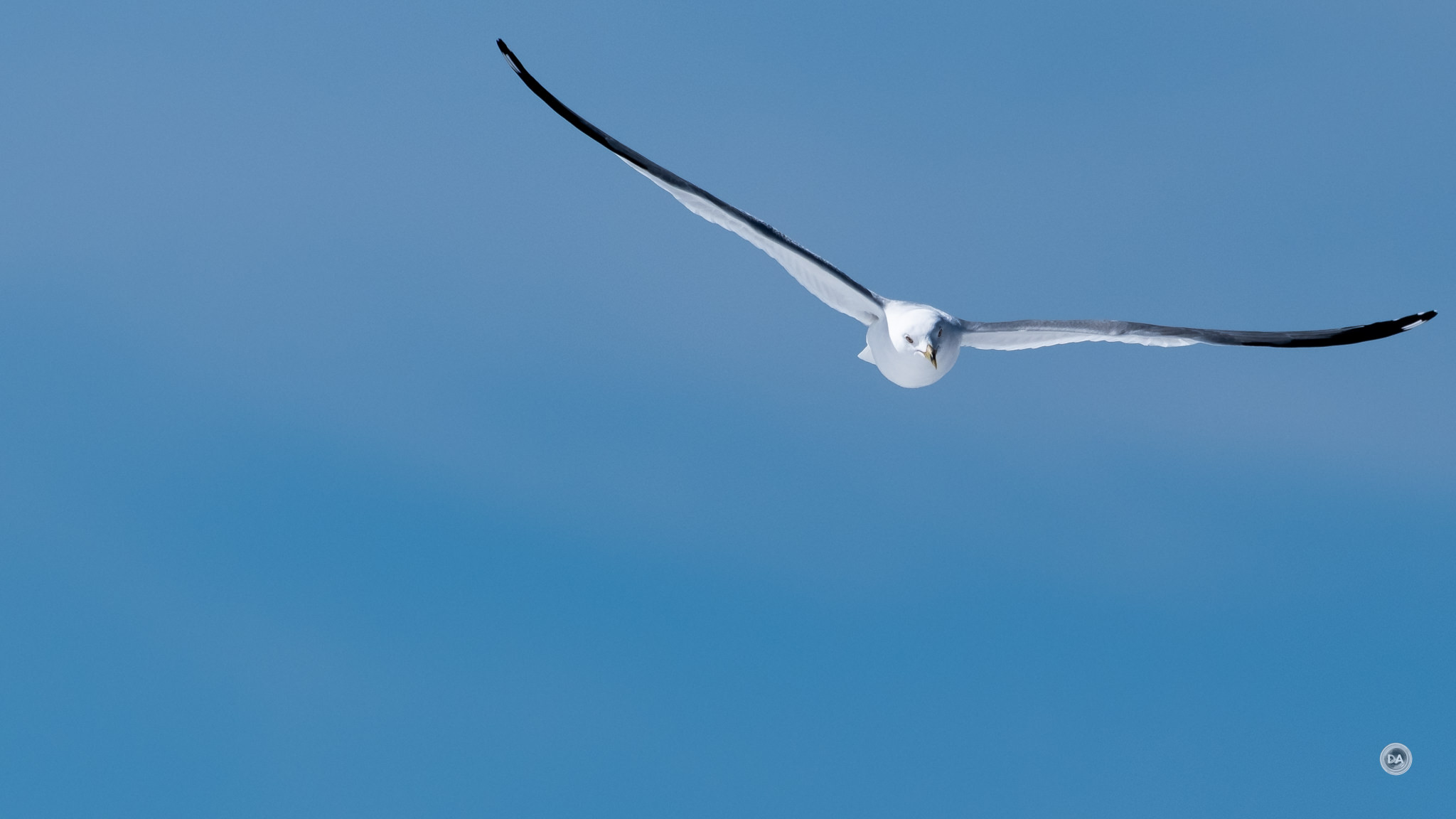
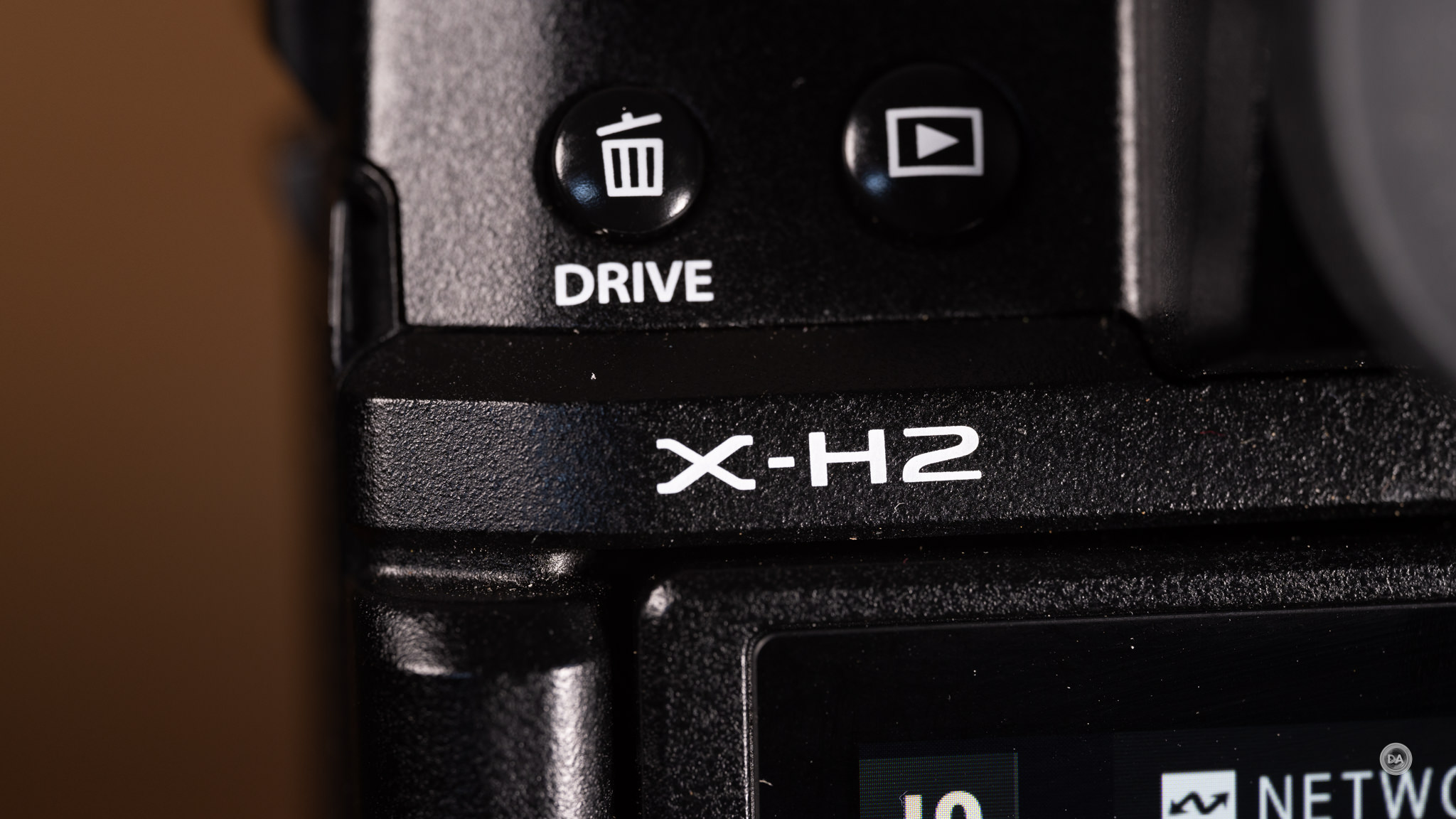

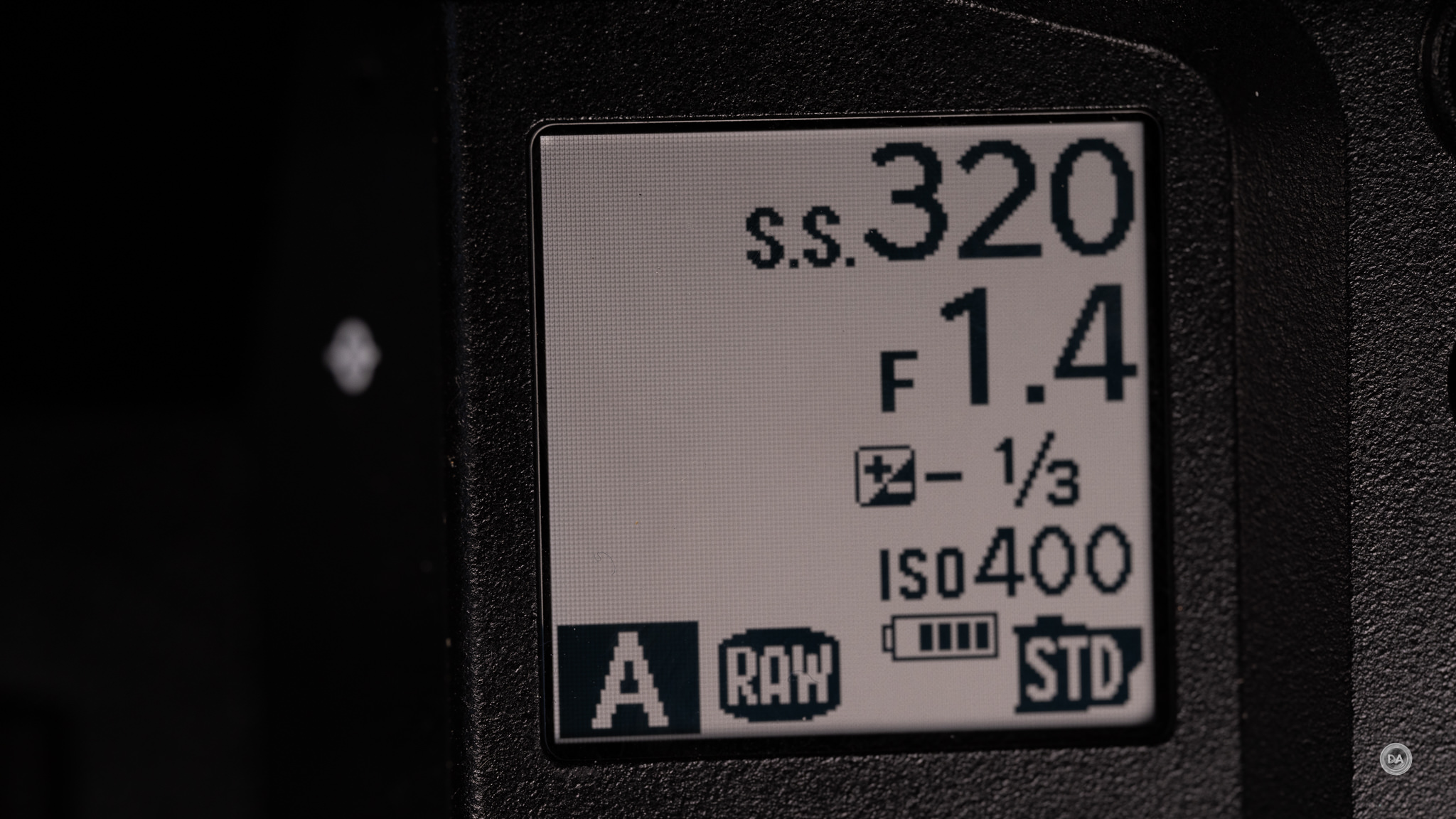

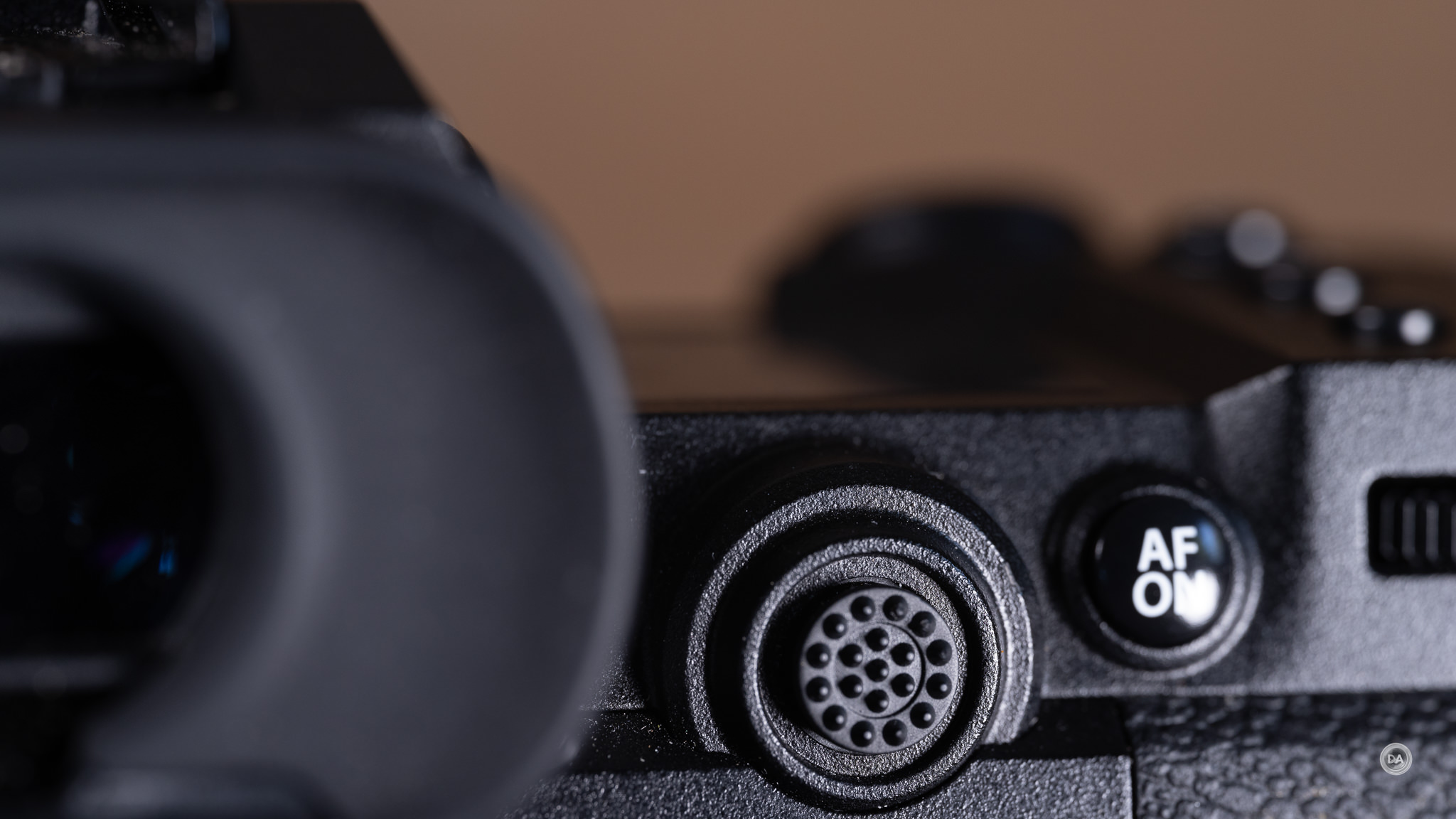
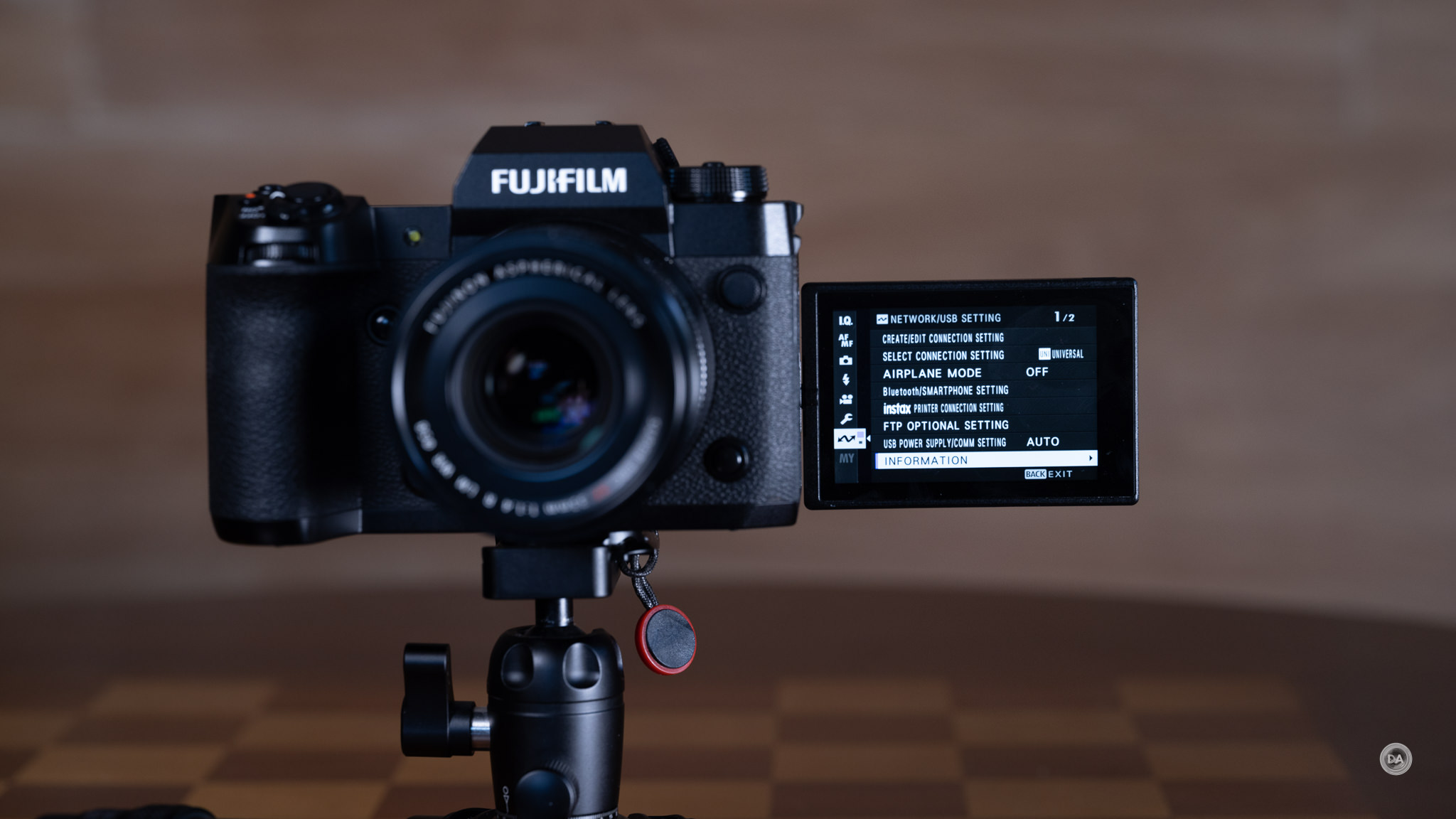
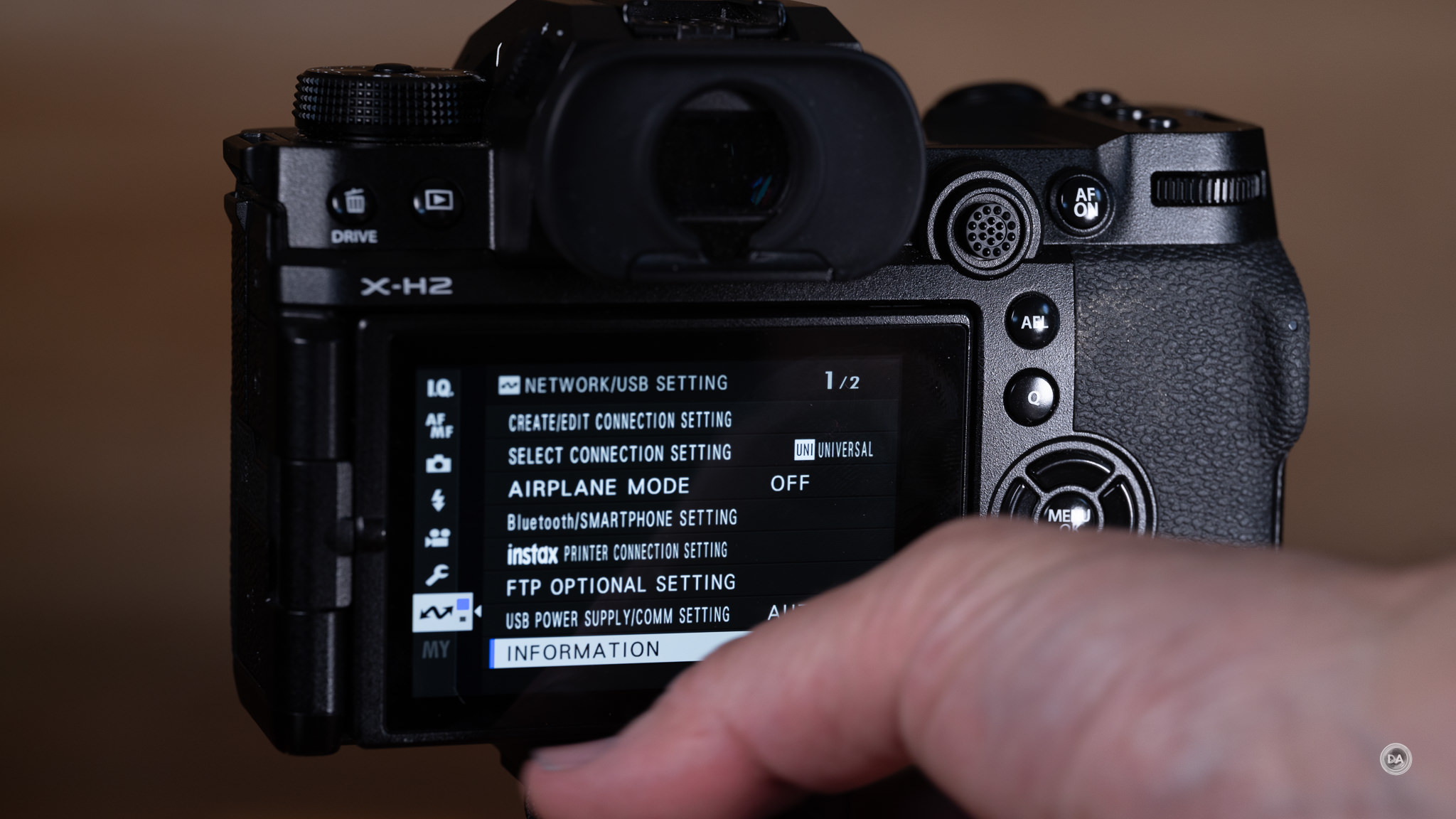
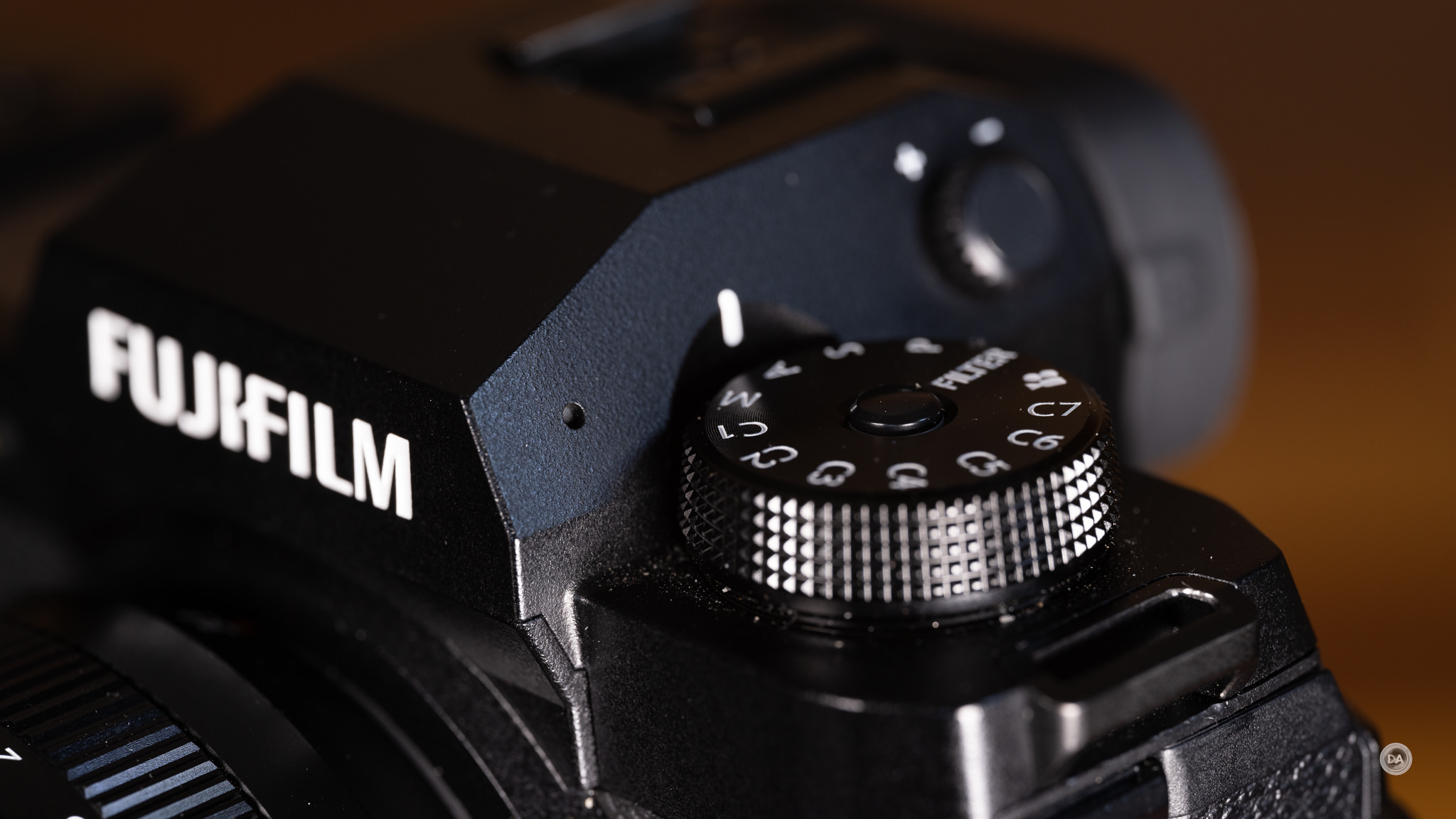

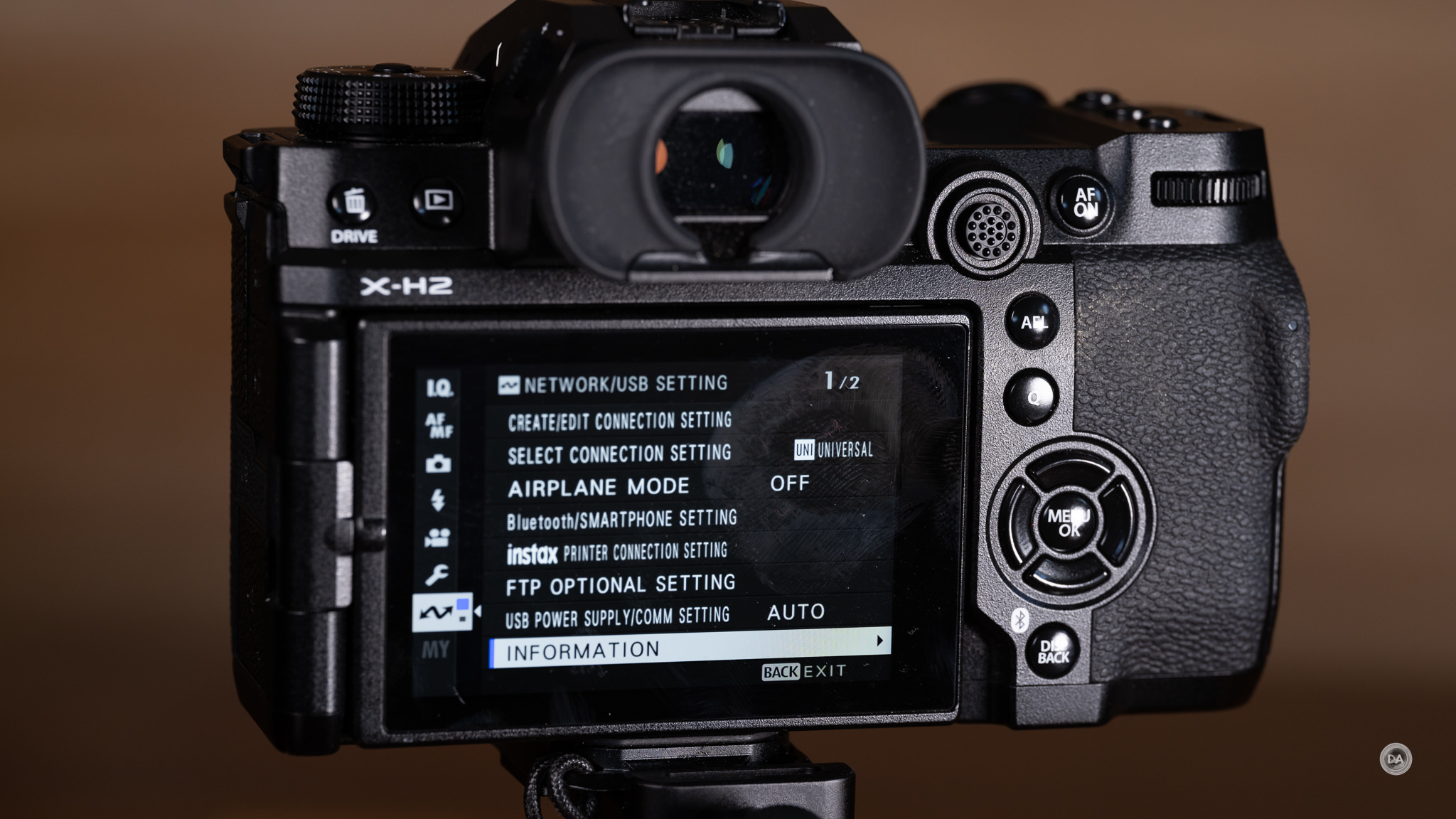

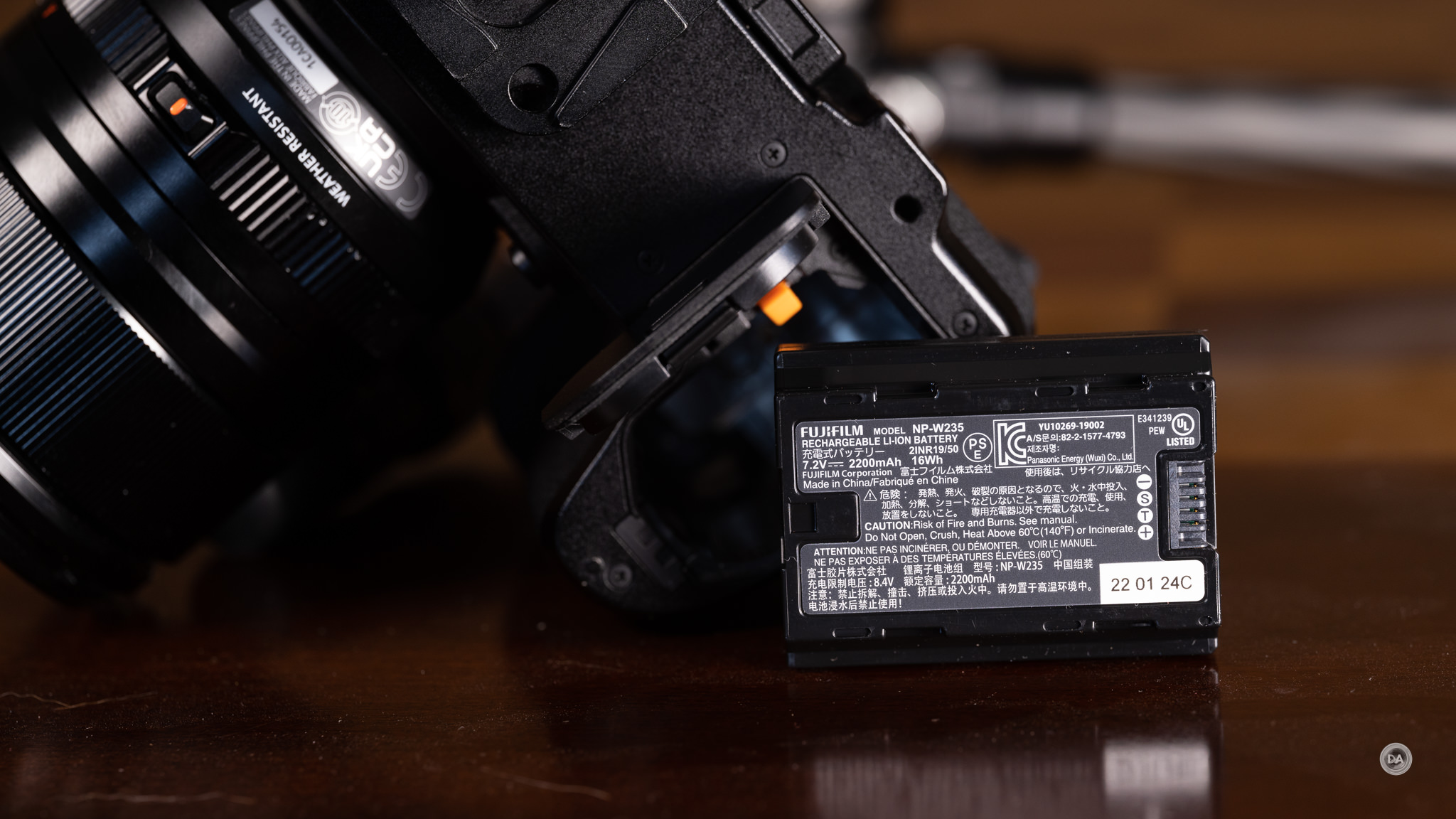
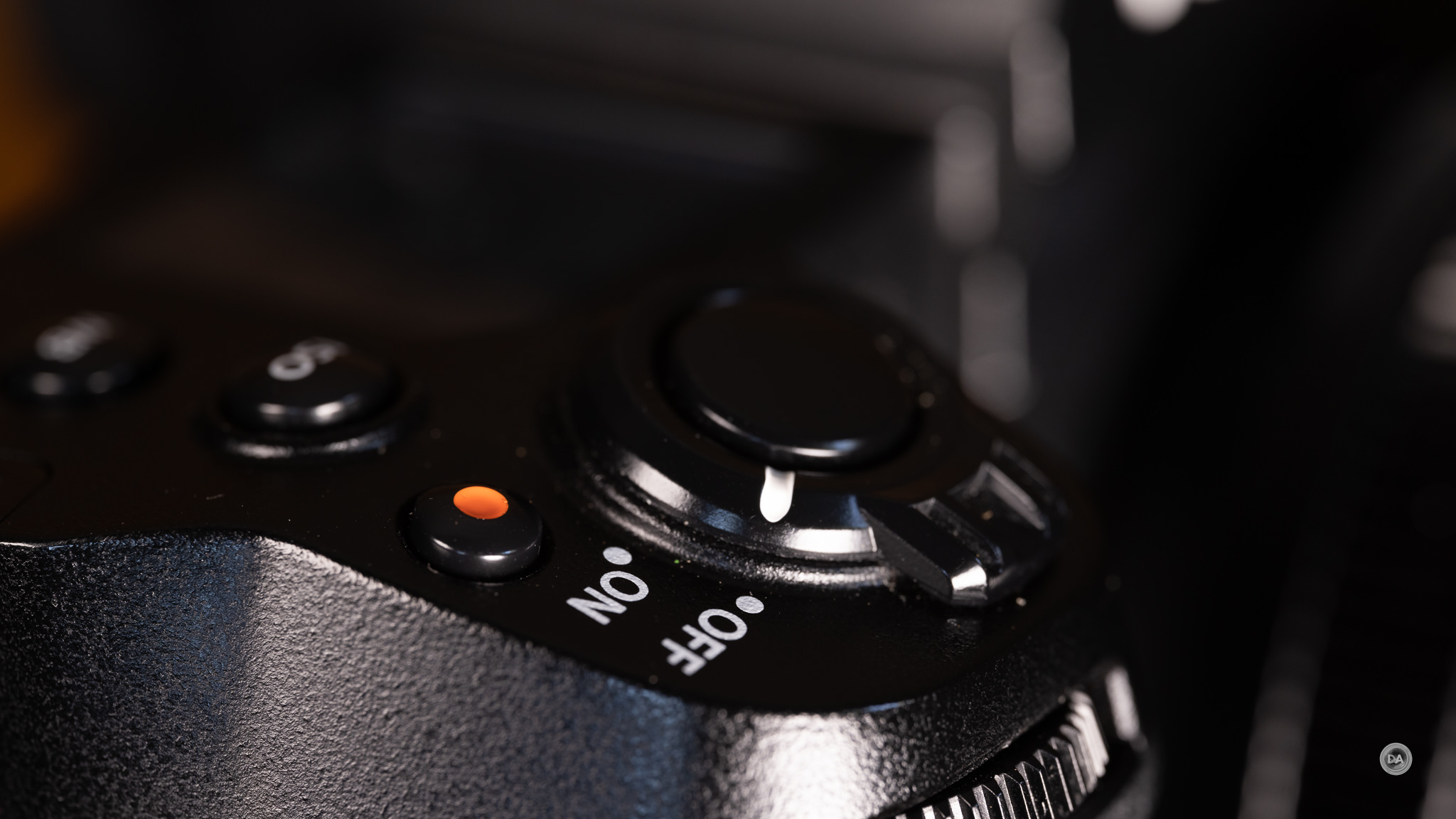
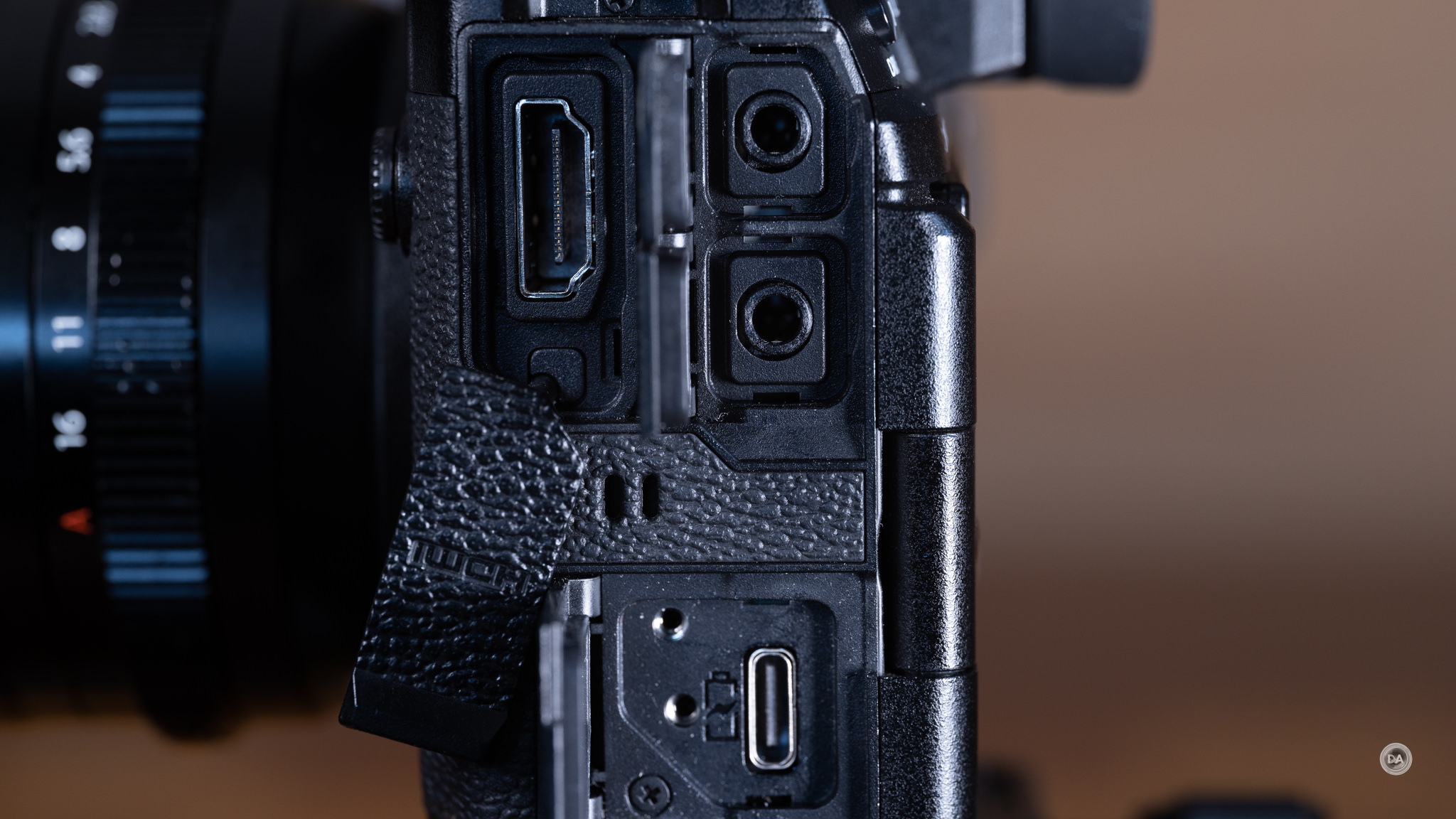
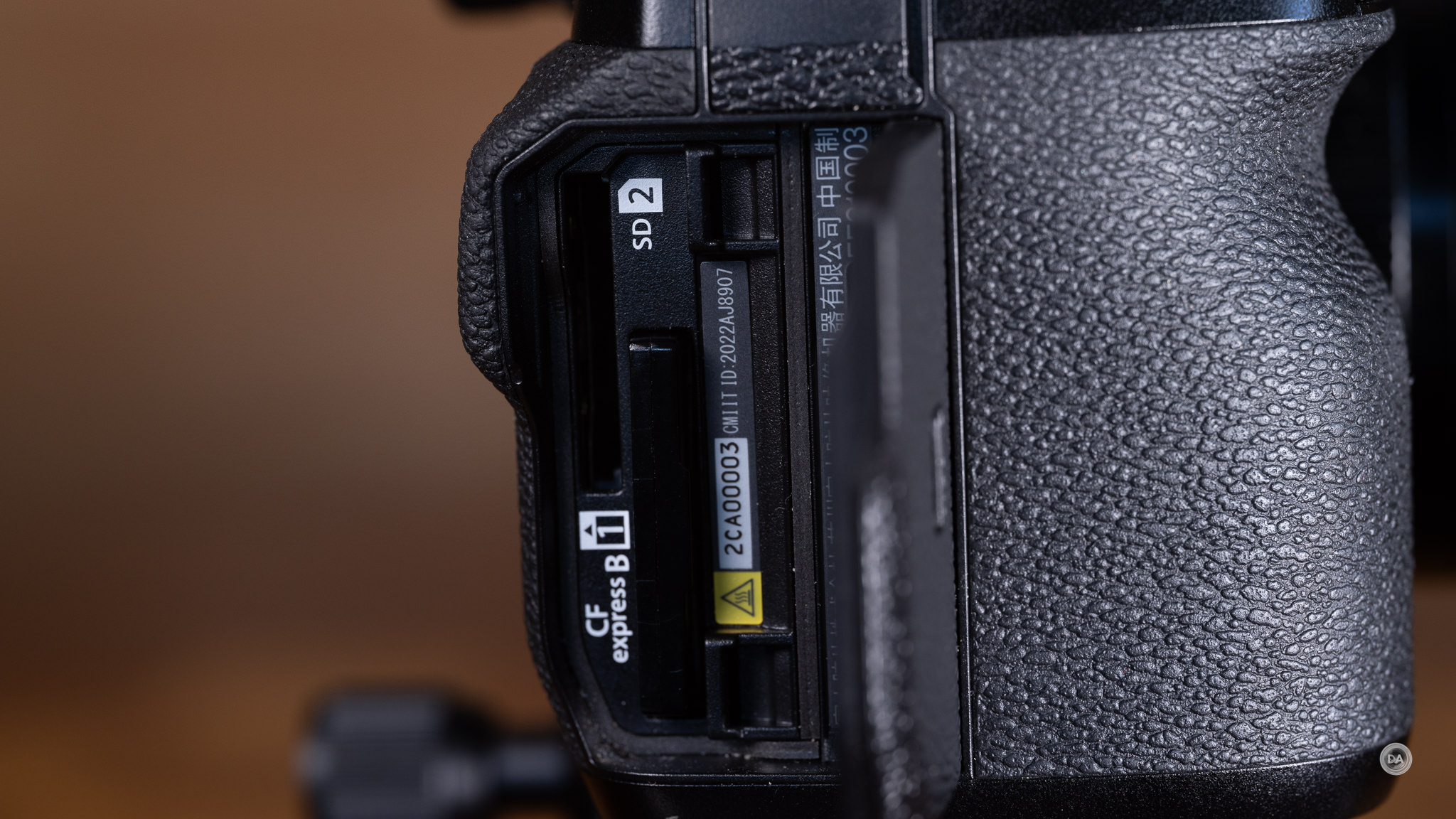
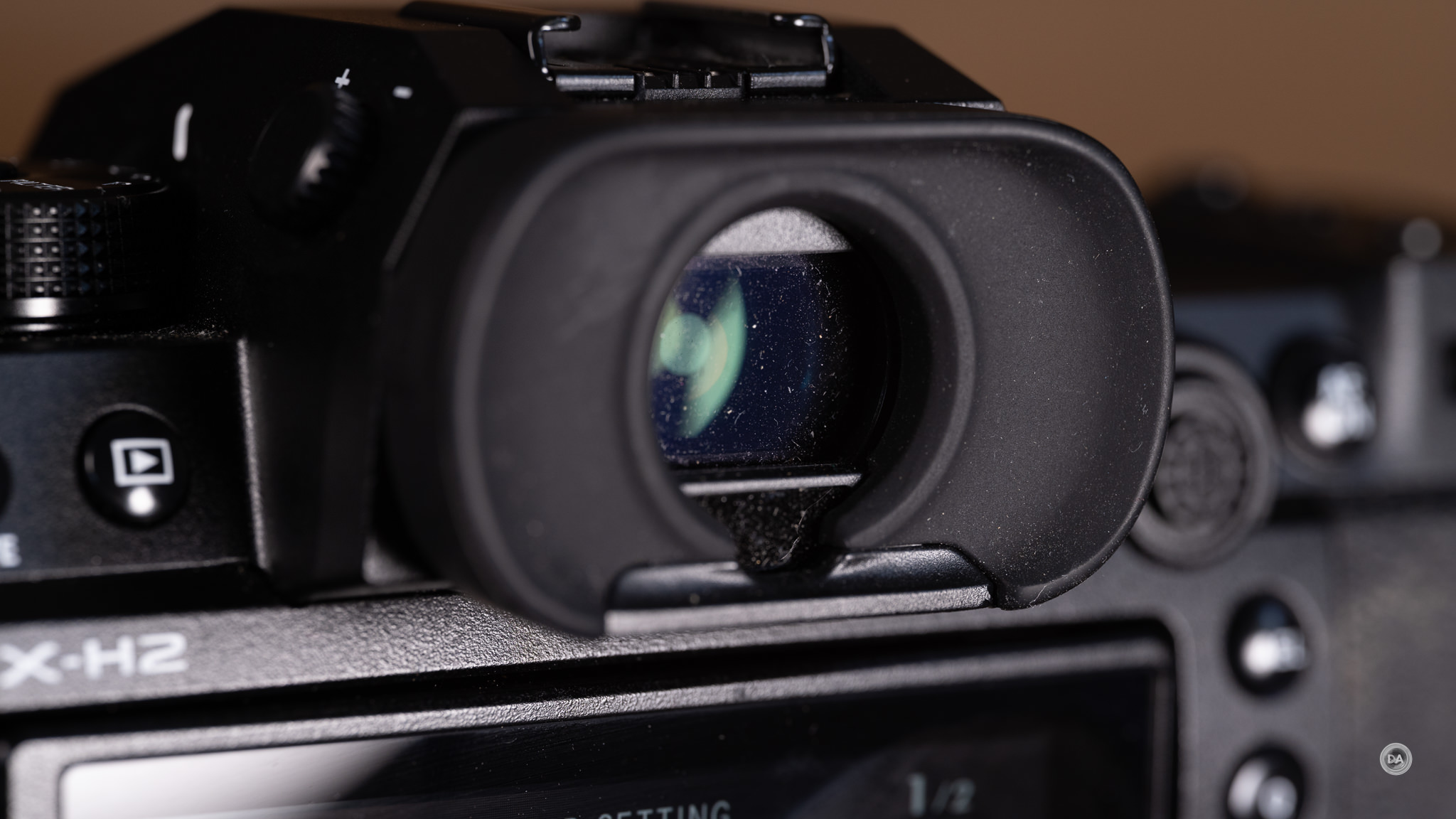
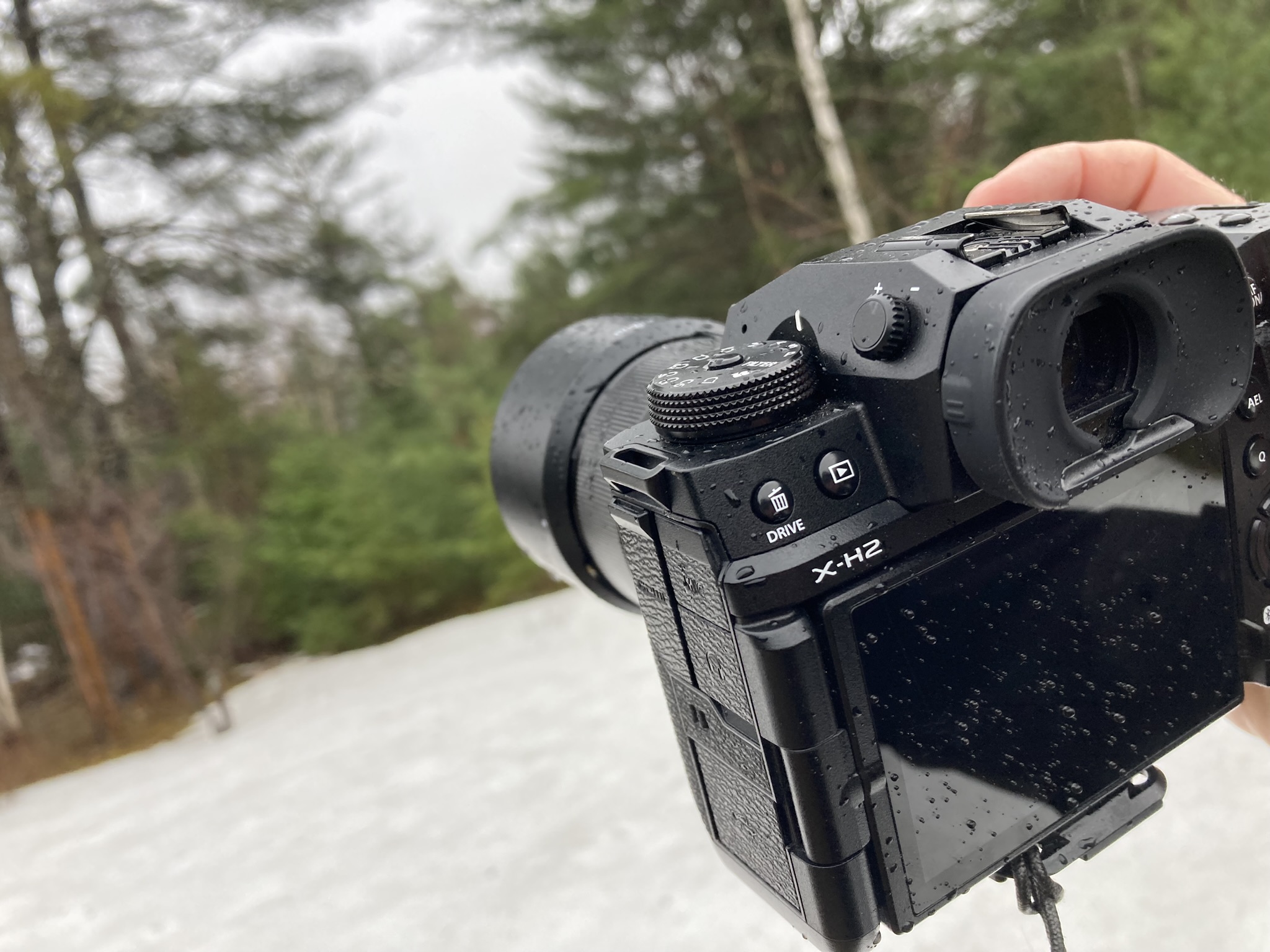
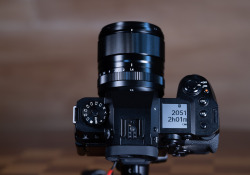
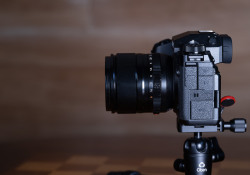
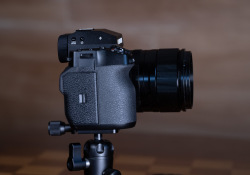

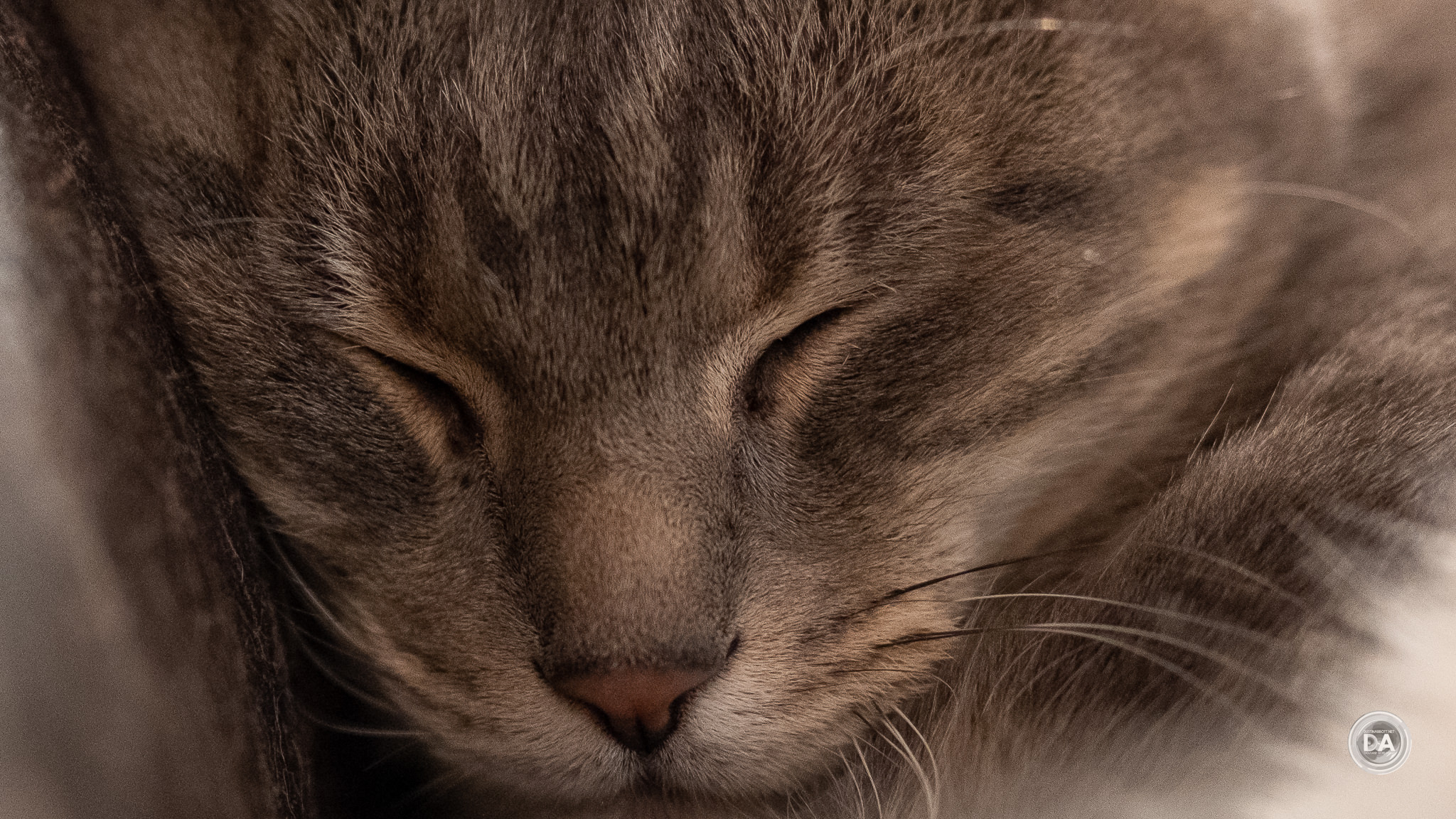
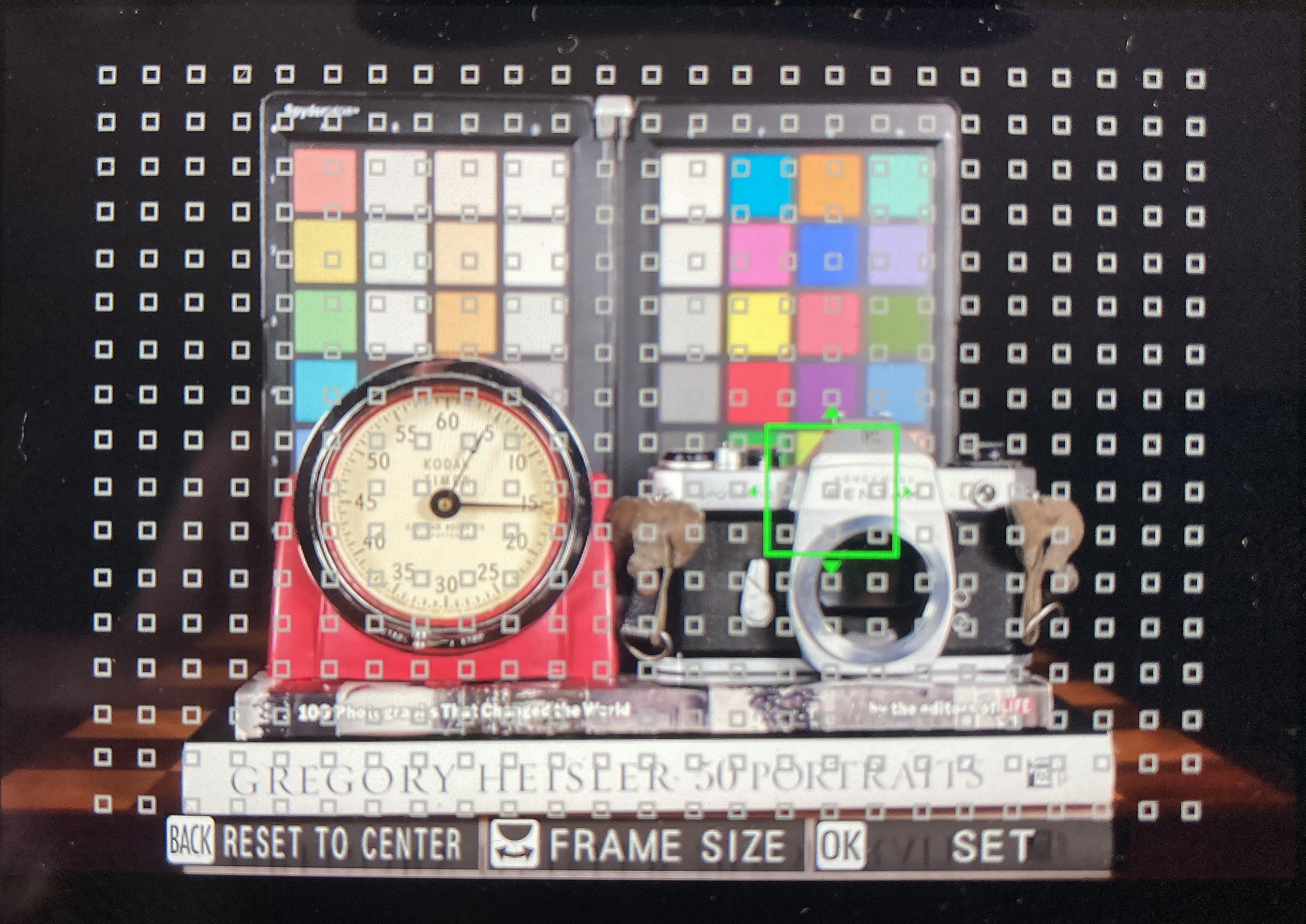
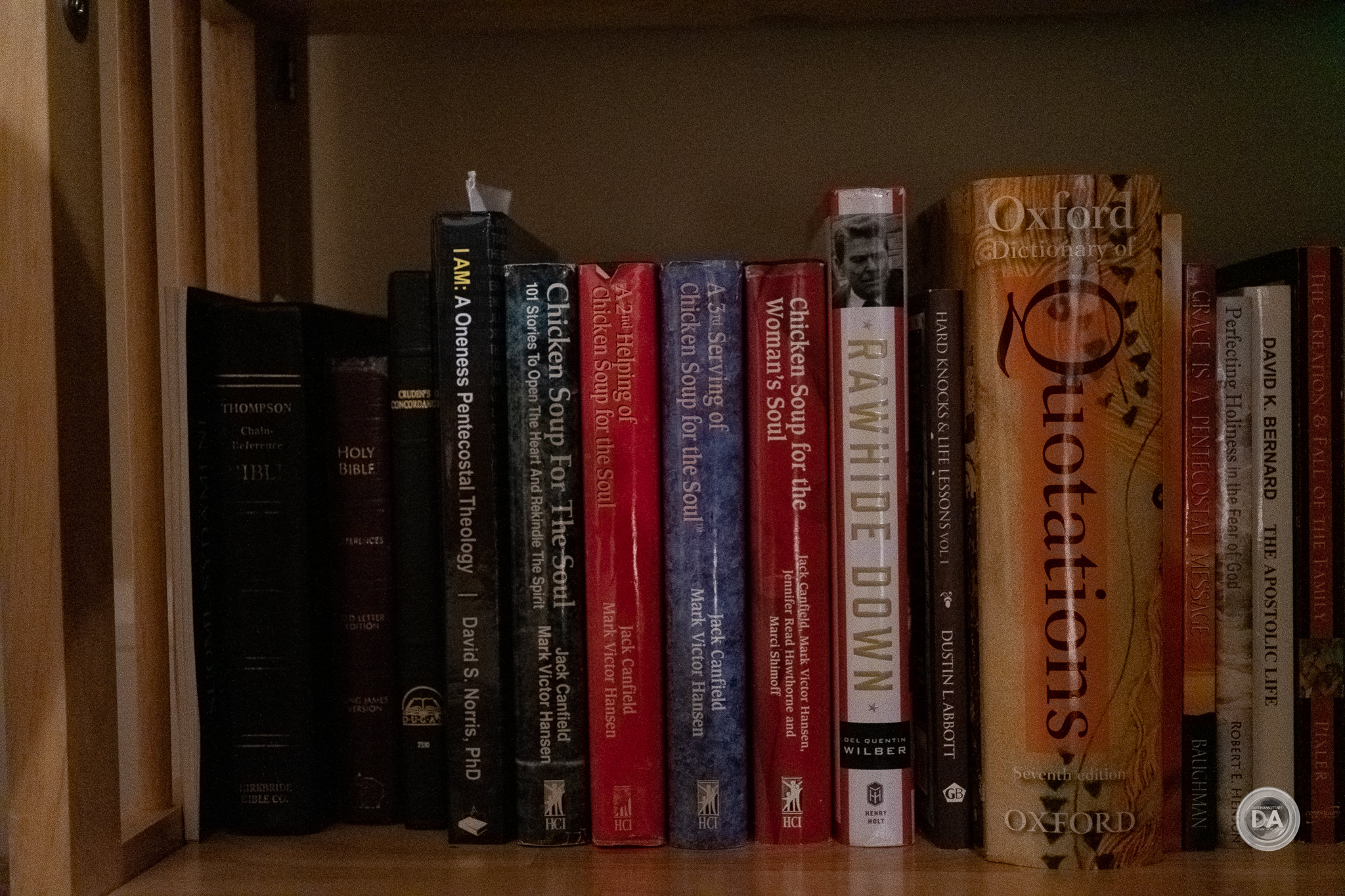






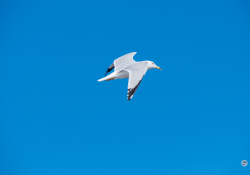


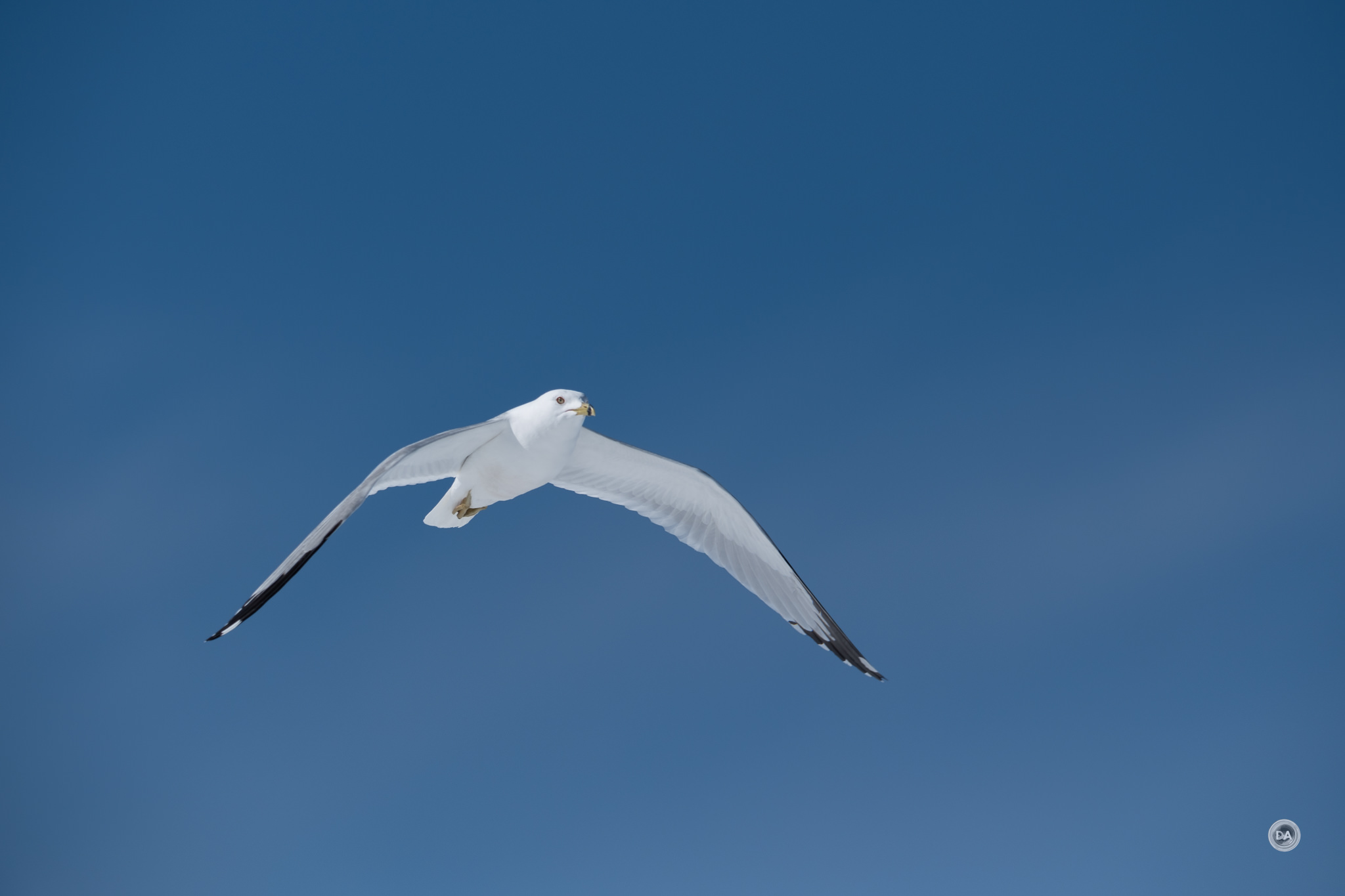



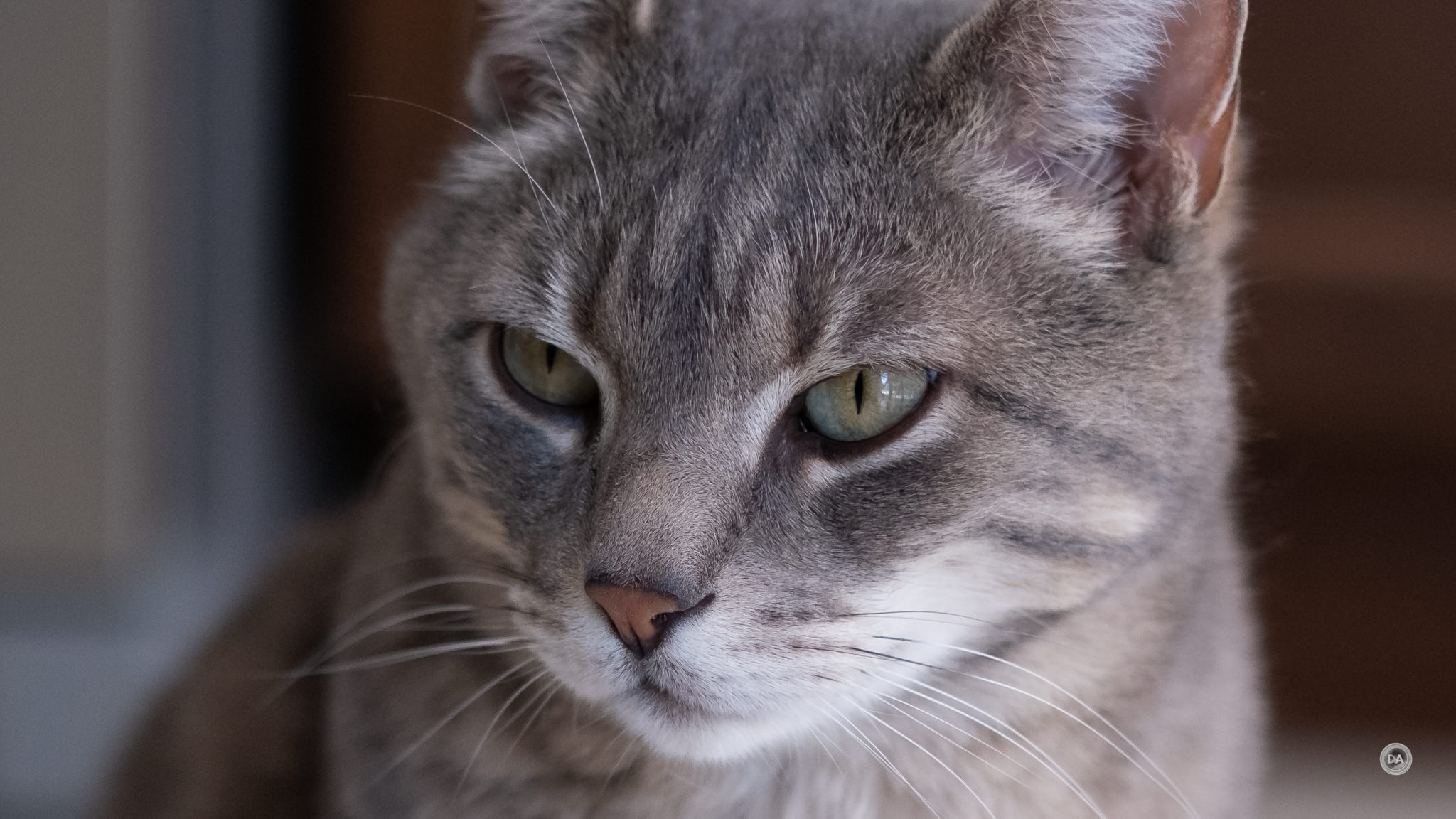








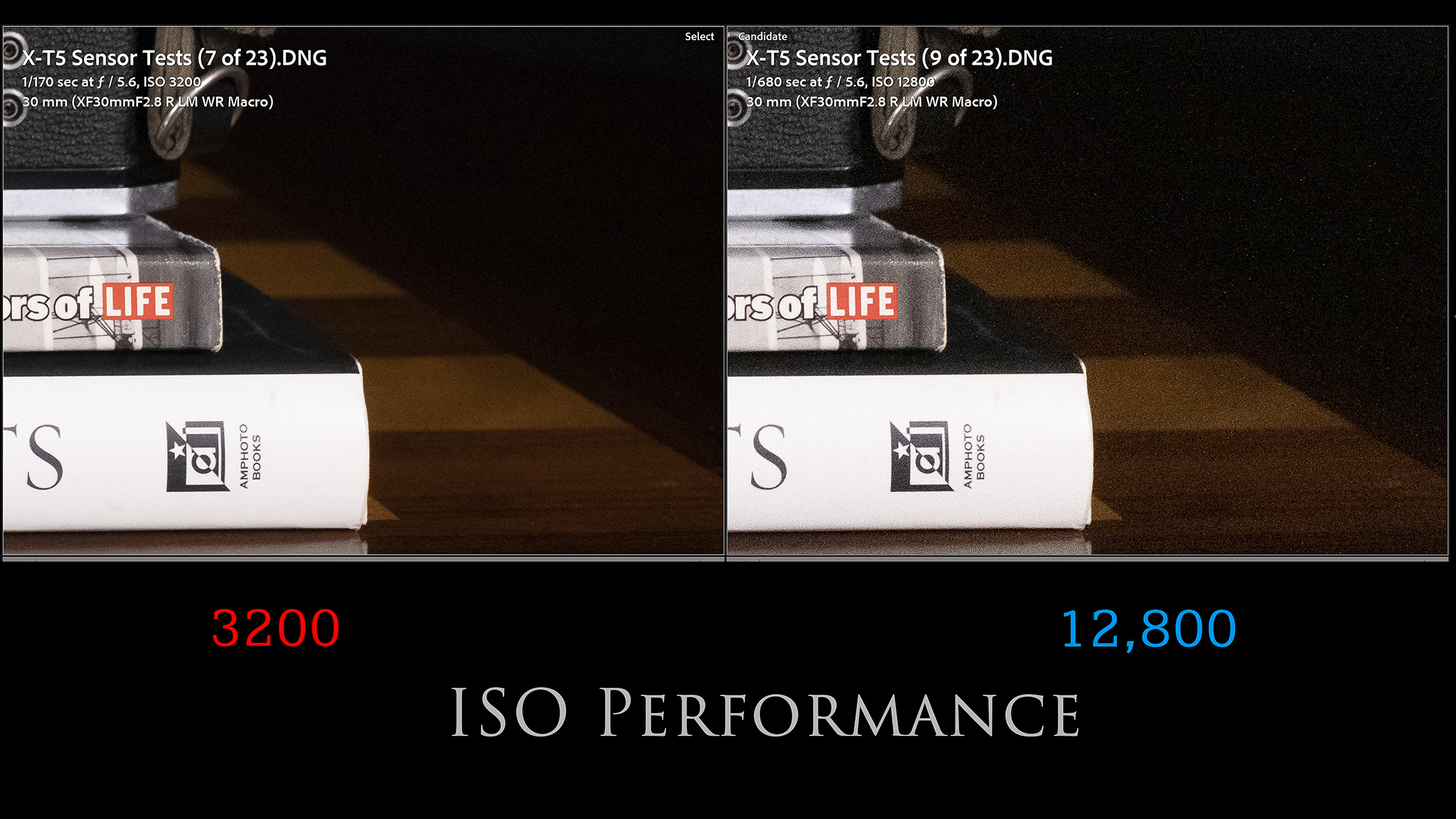
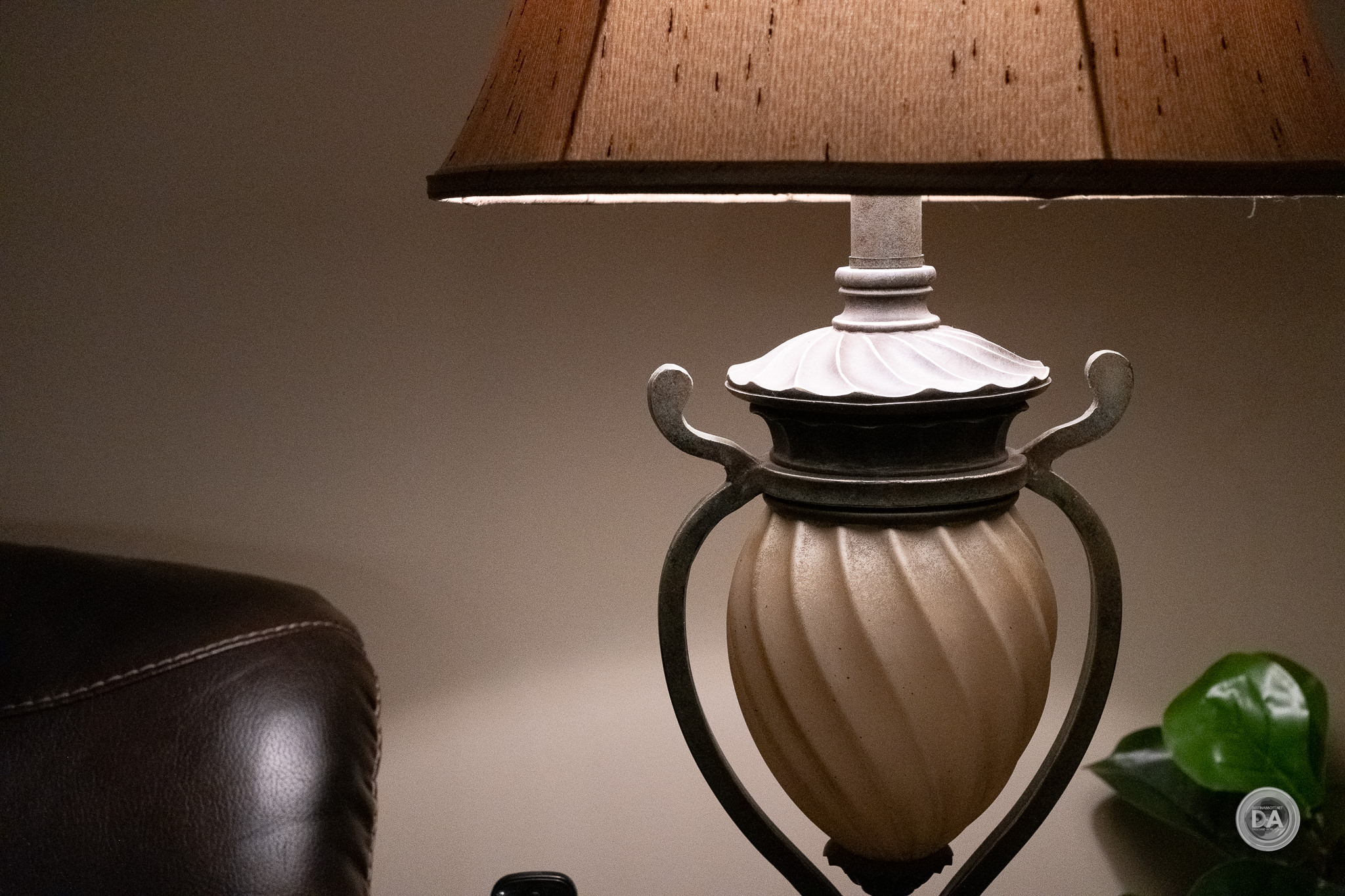
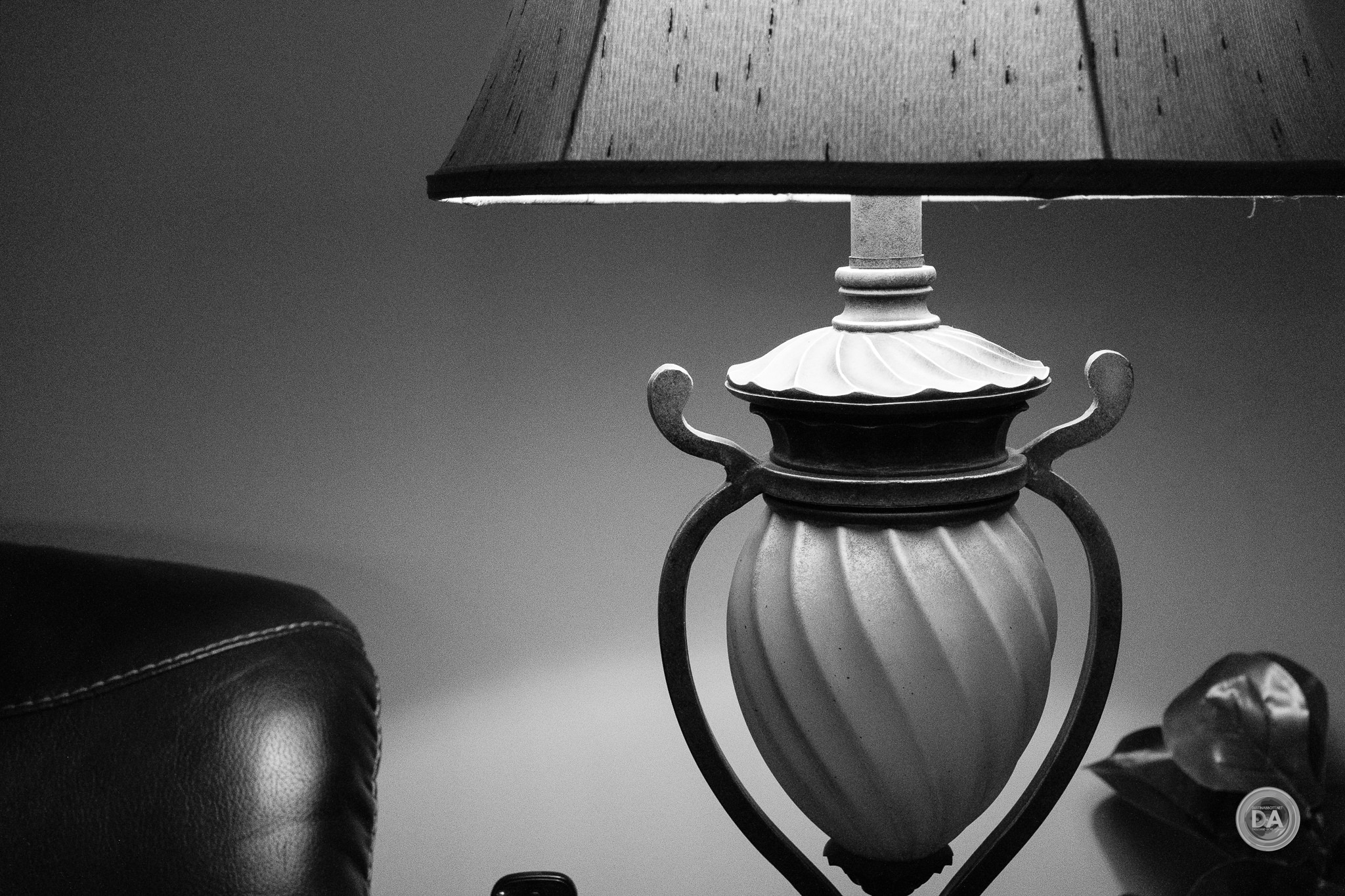

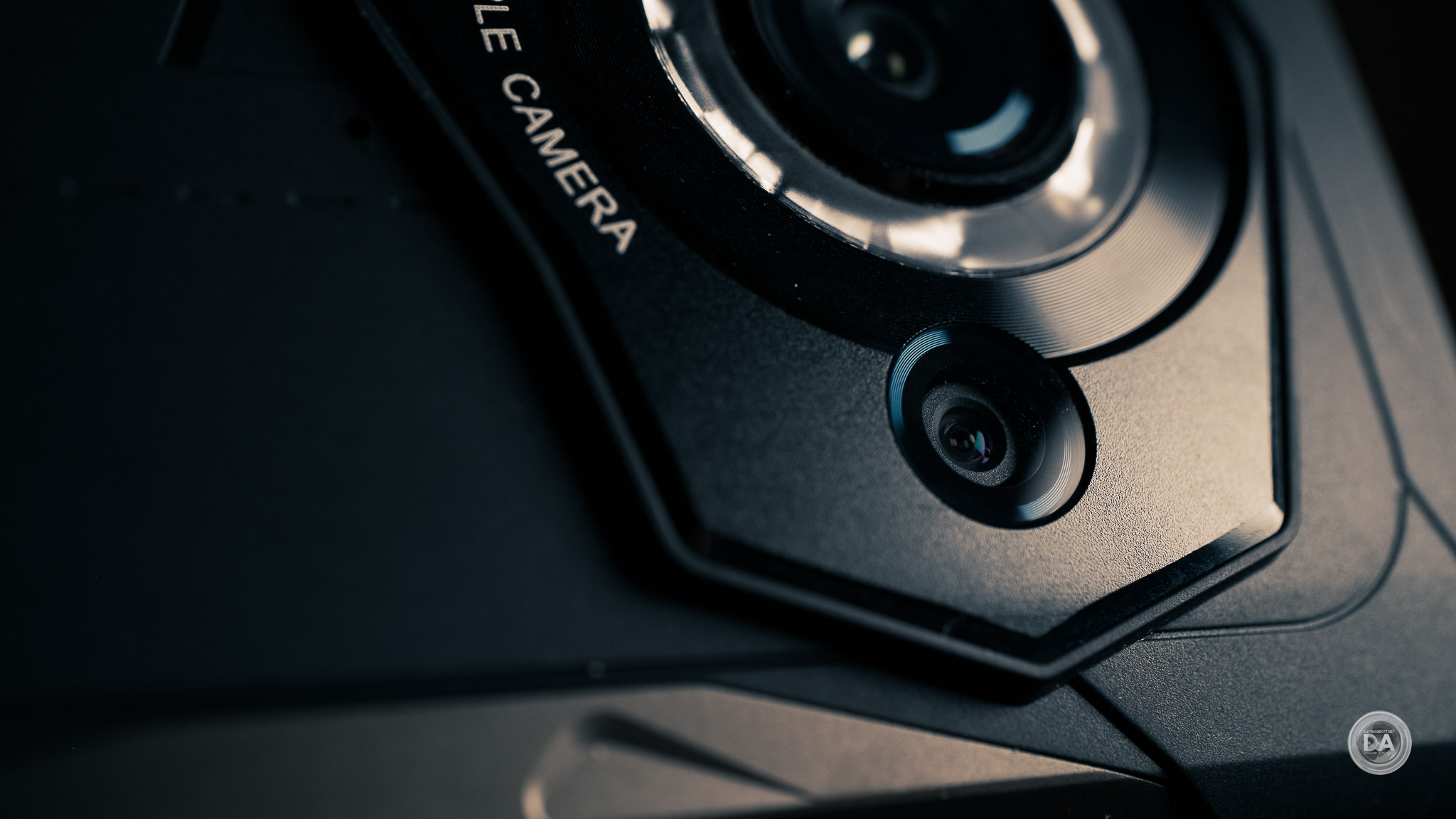
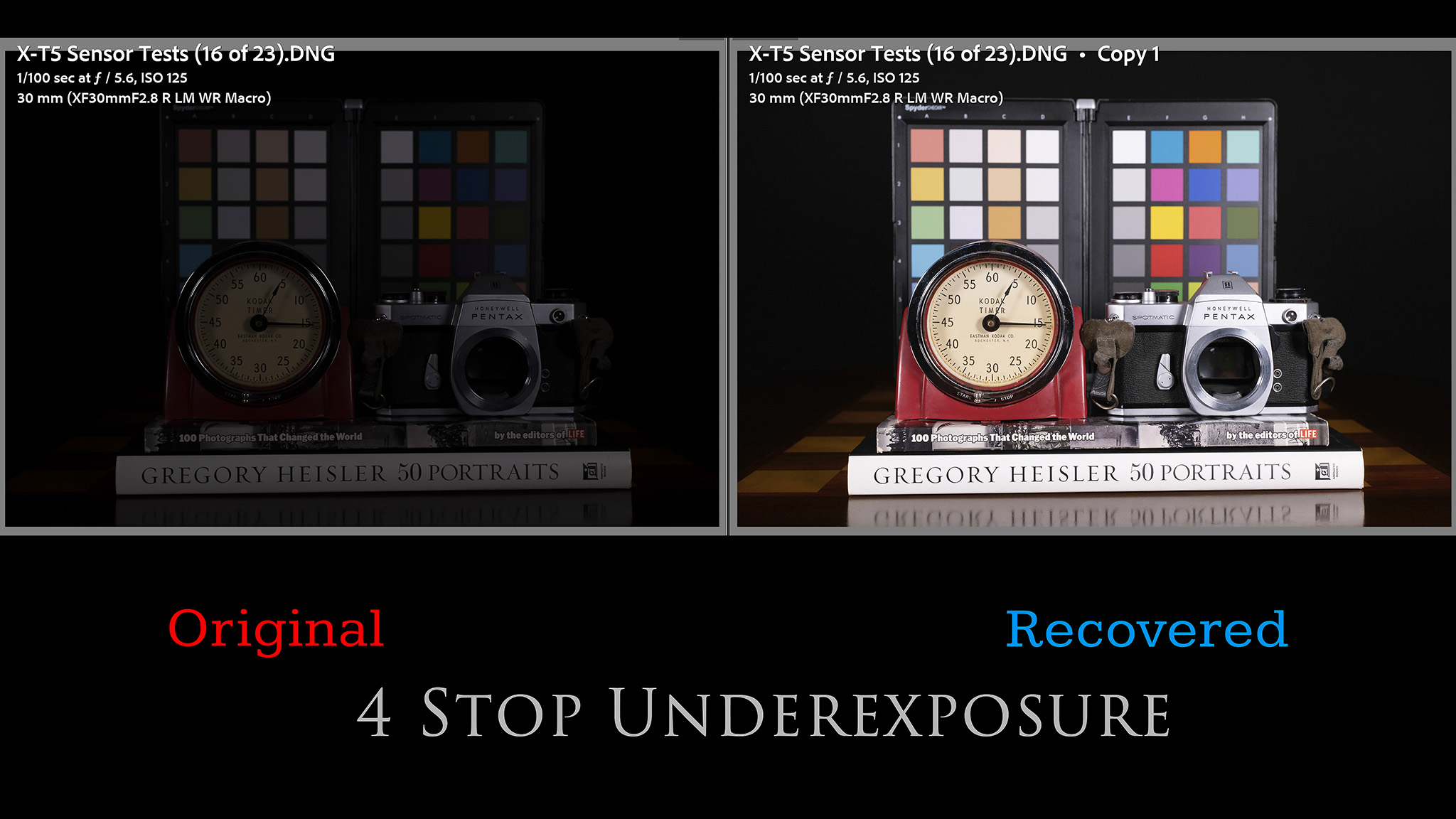
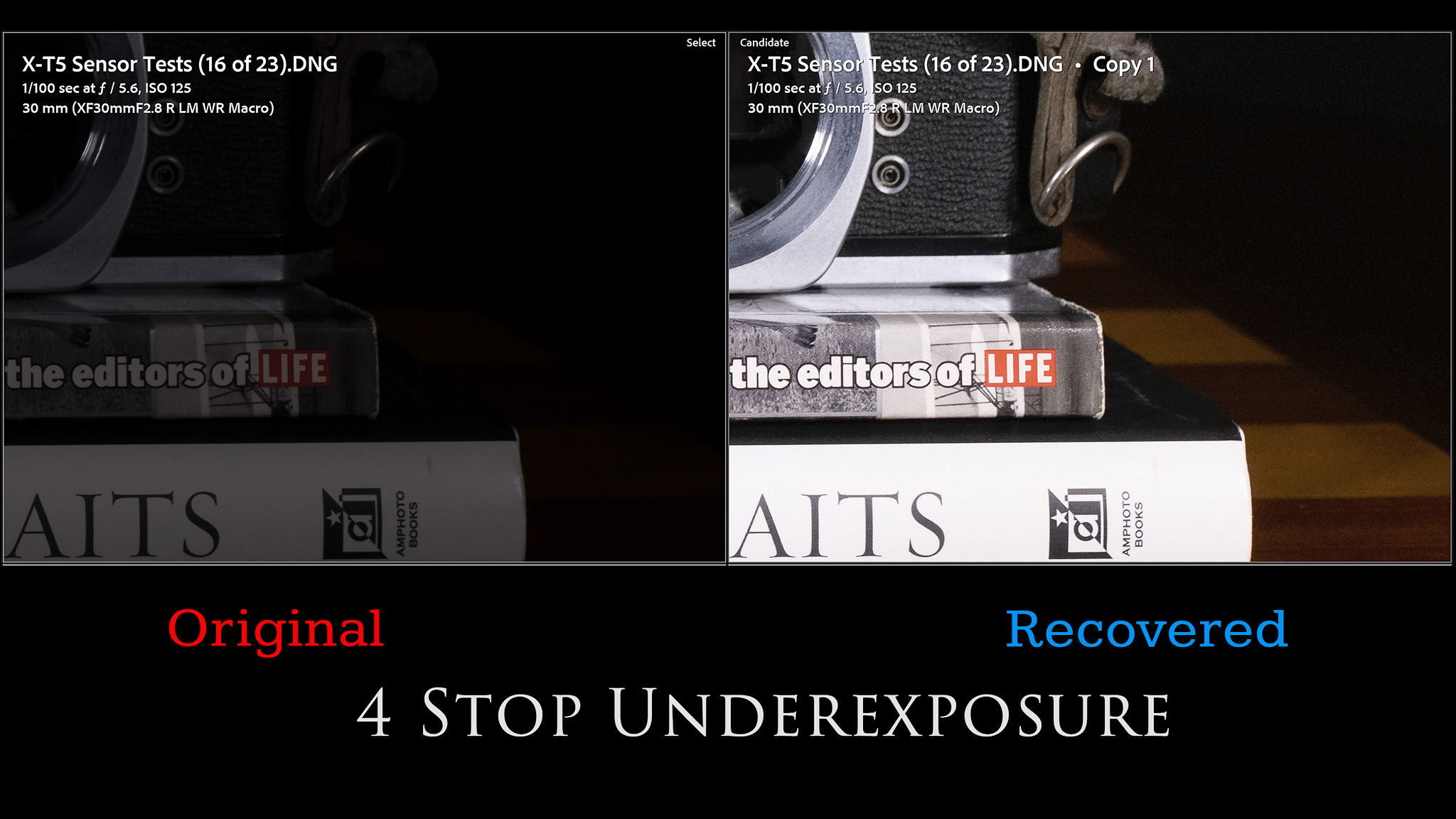
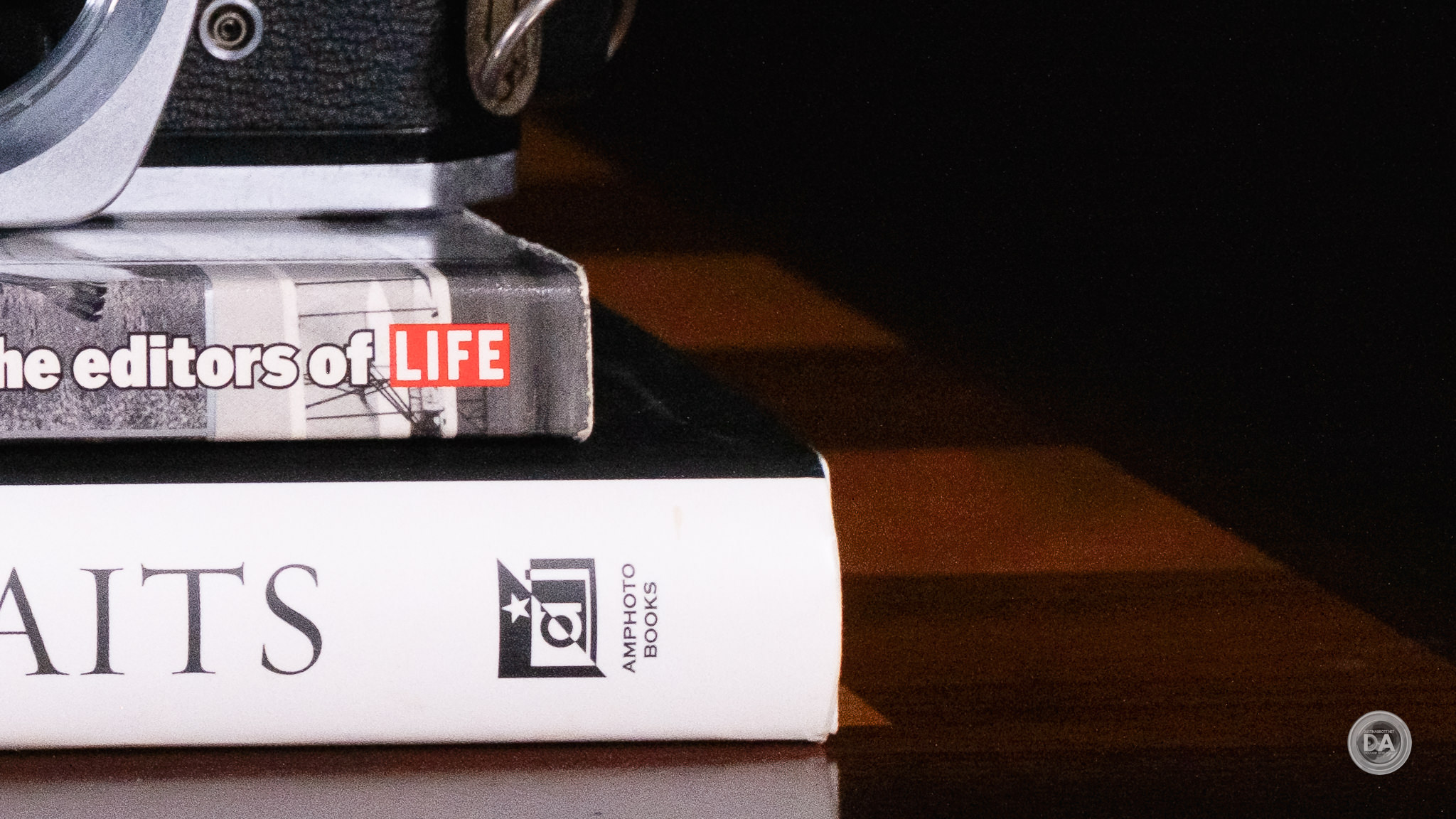
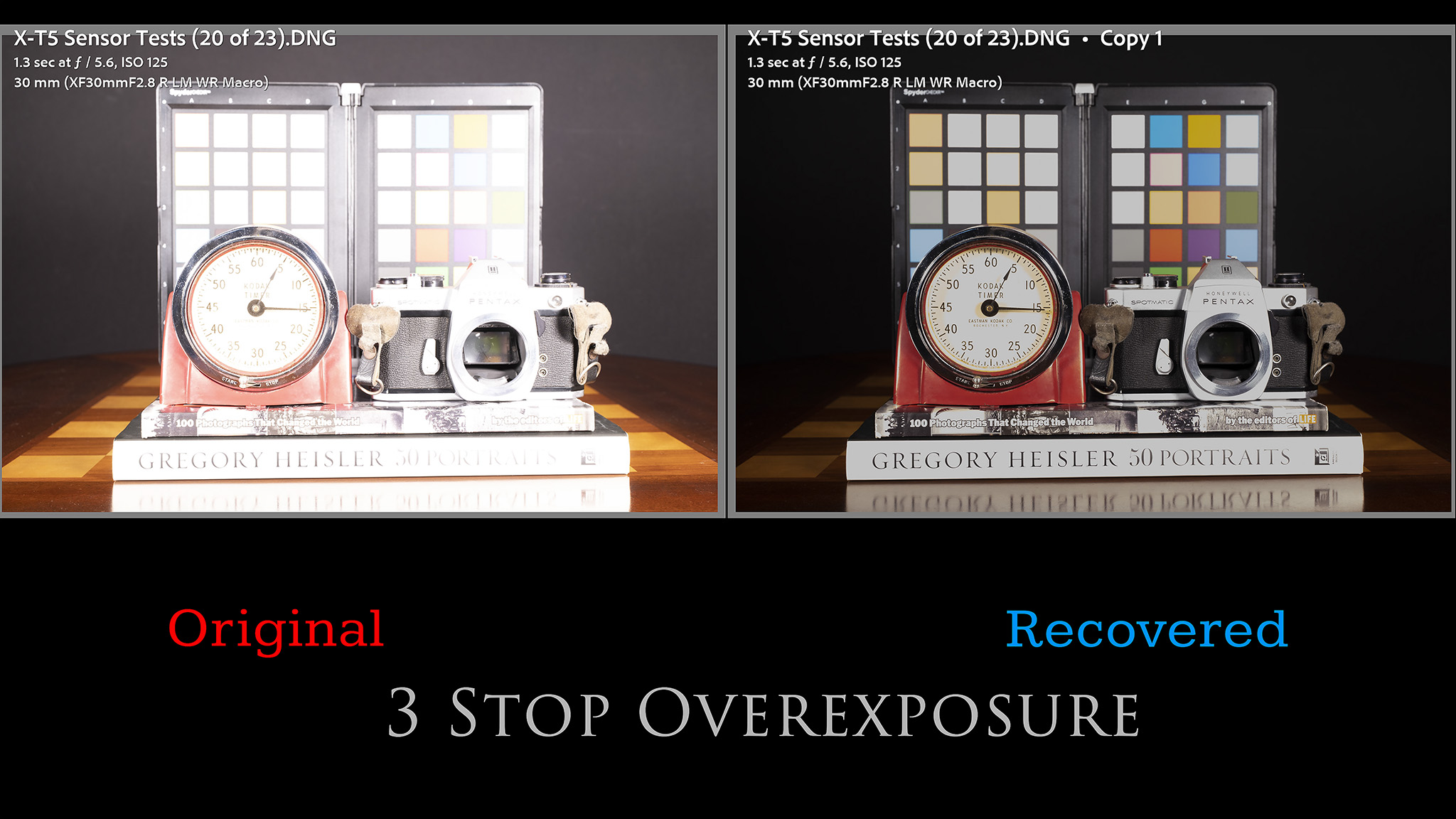






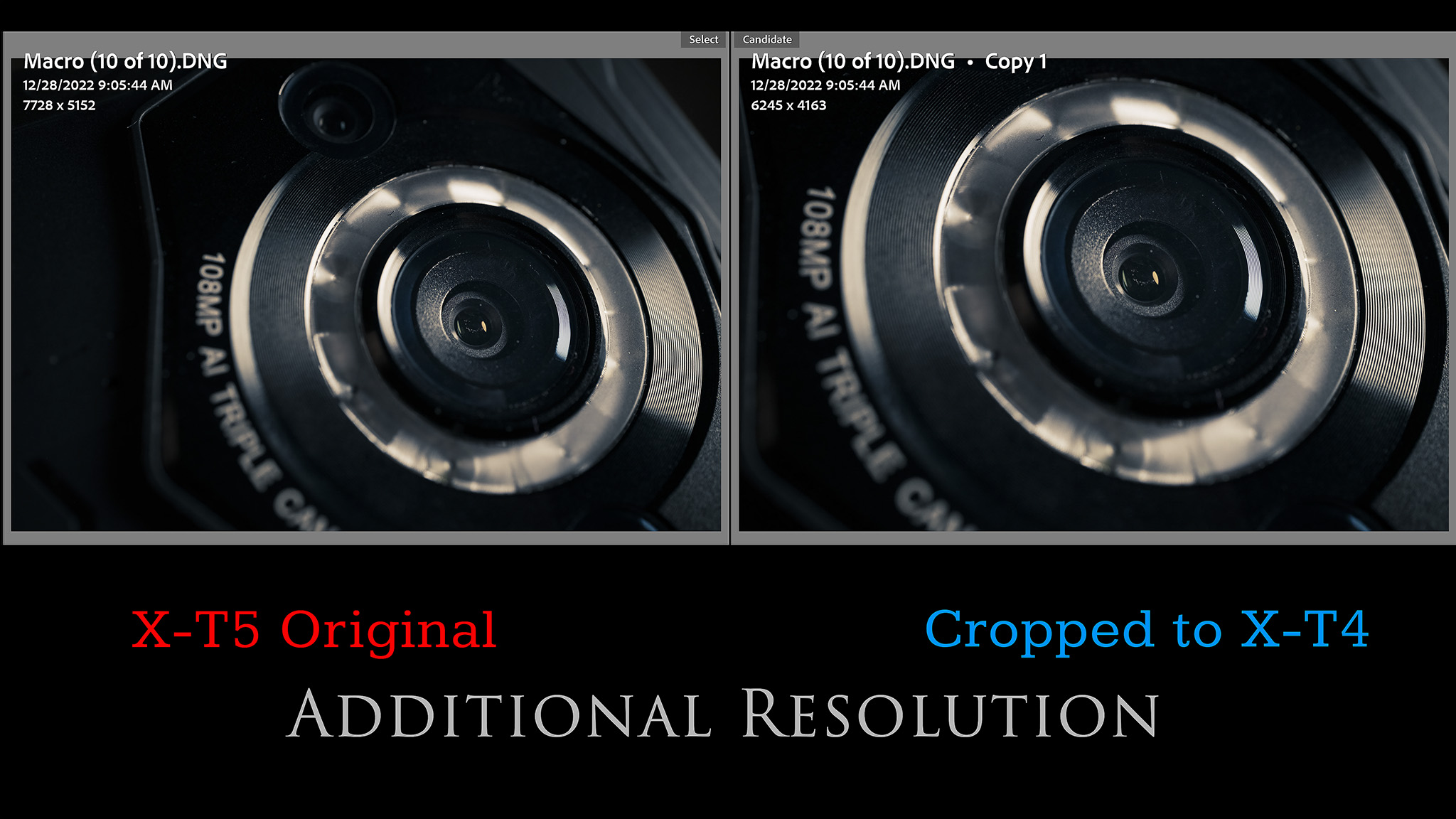
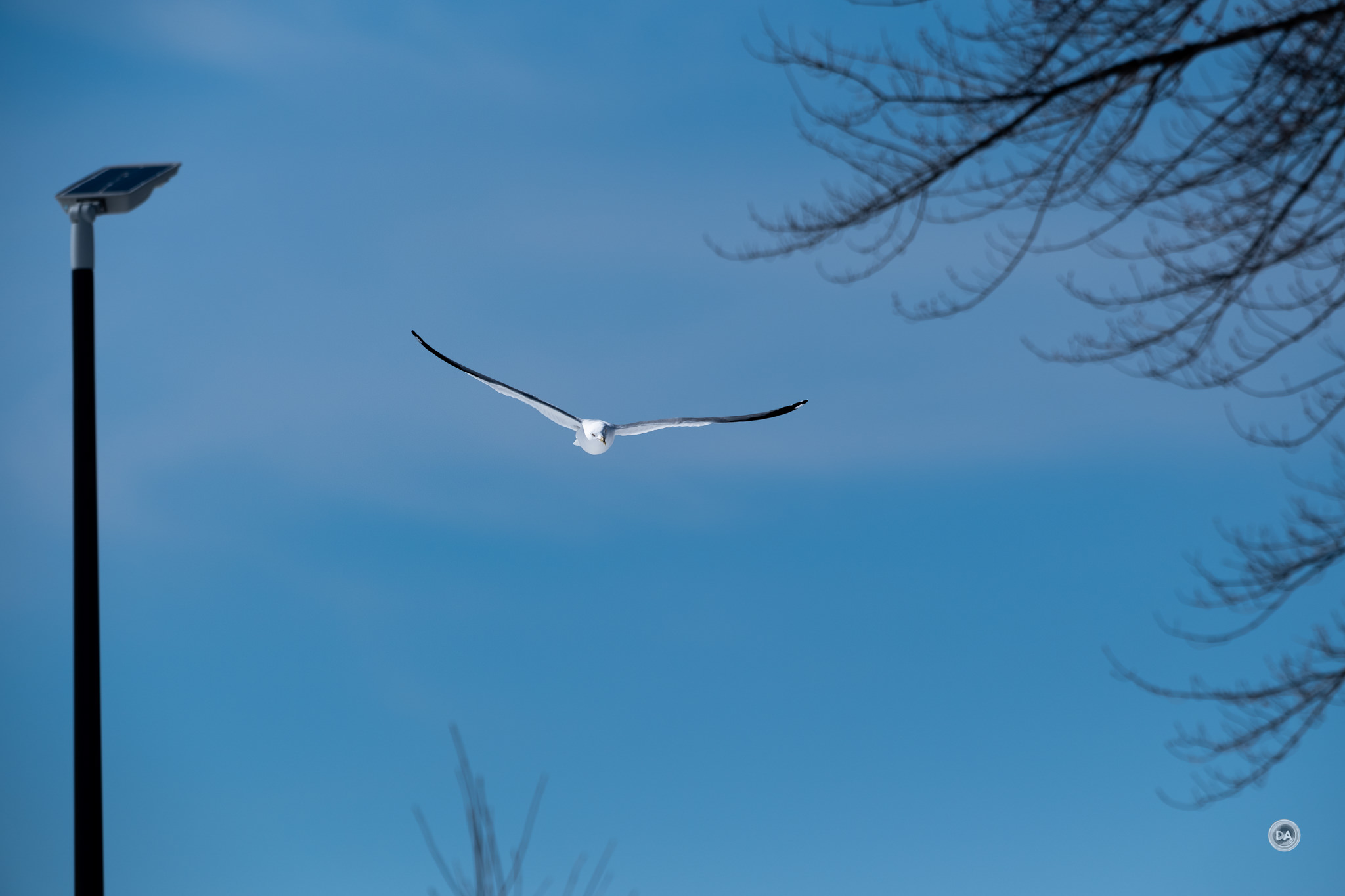
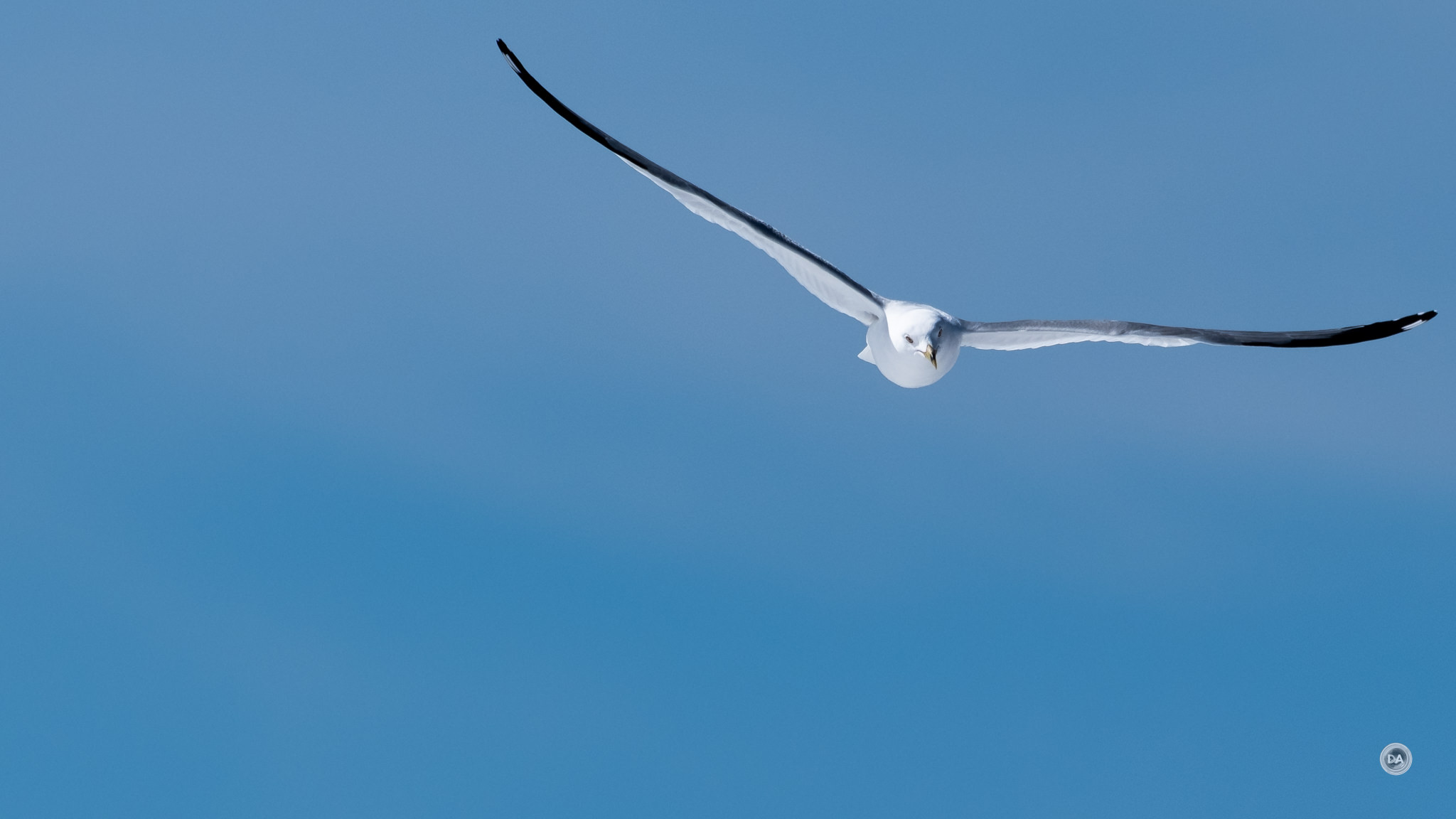
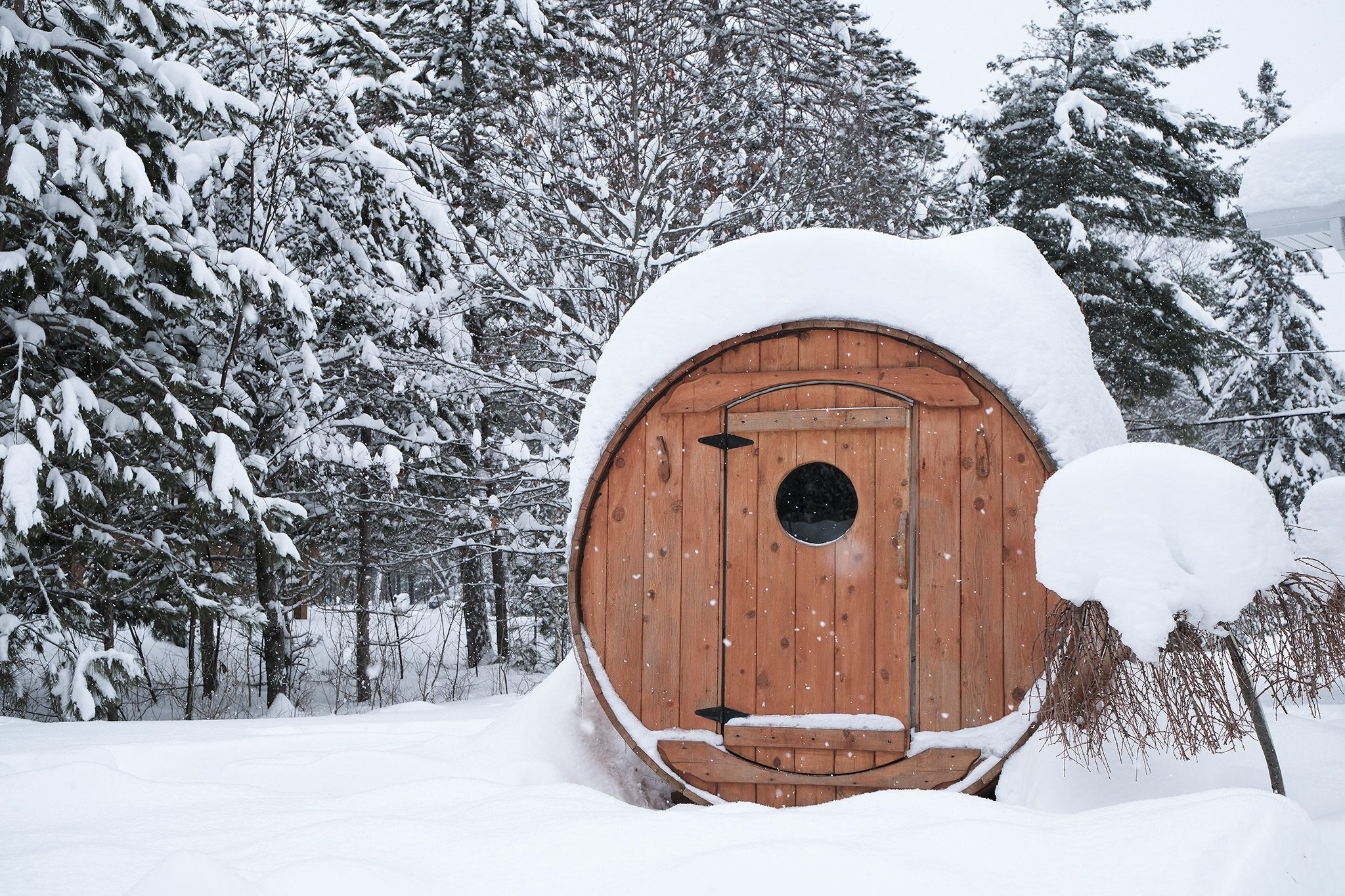




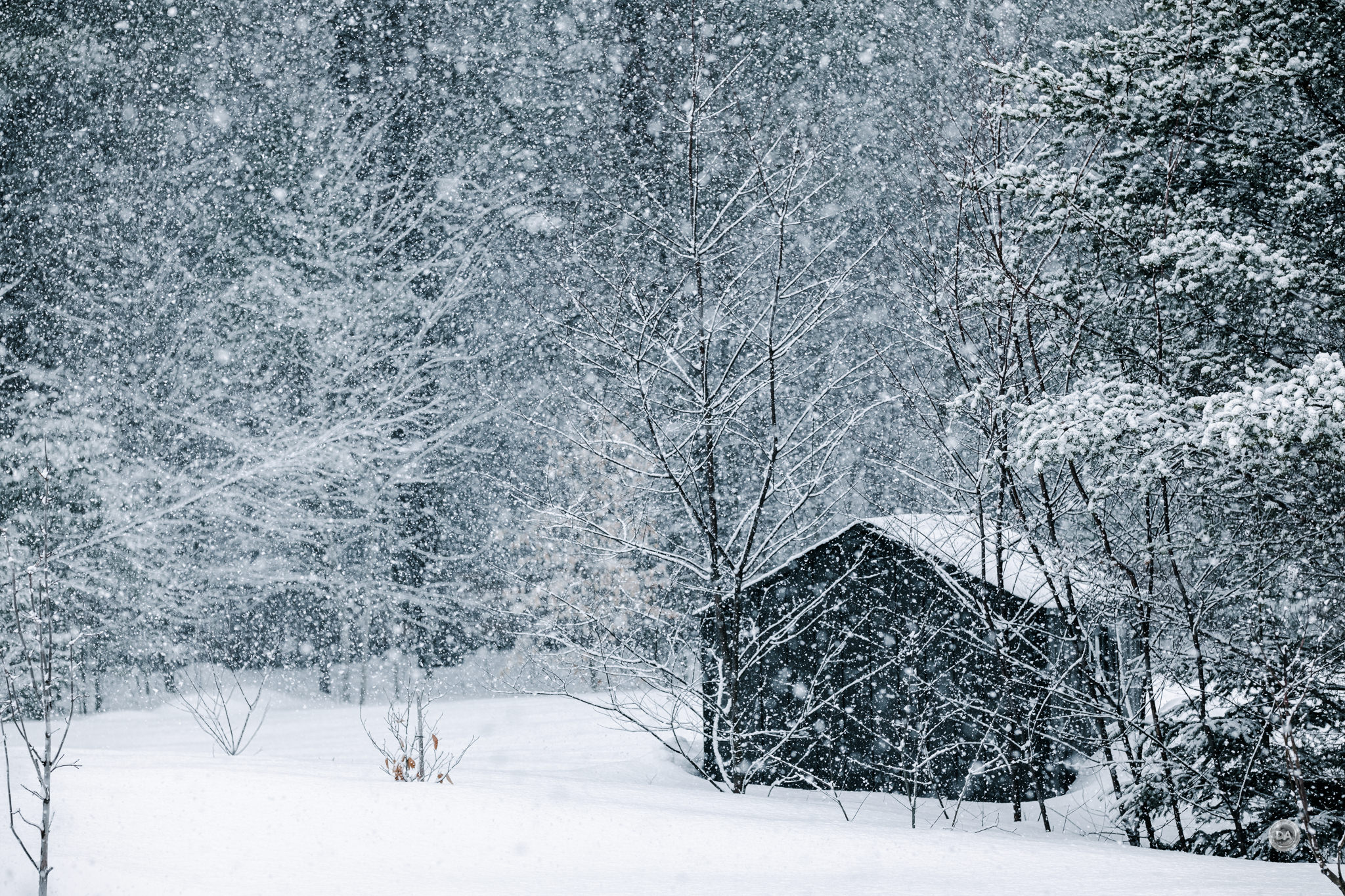
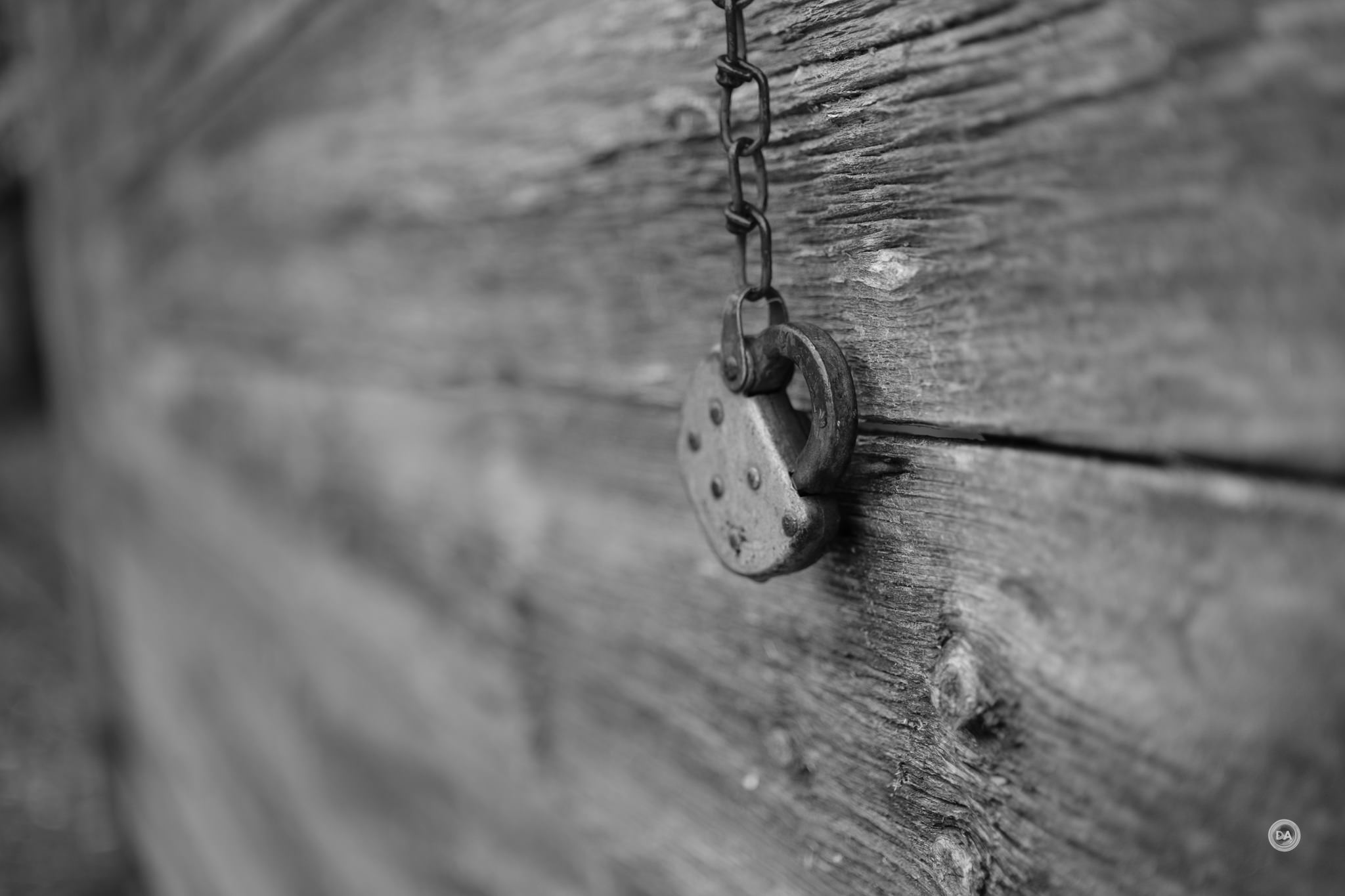












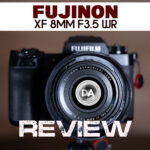

[…] Thanks to Gentec (Sigma’ distributer in Canada) for sending me a review loaner of this lens. As always, this is a completely independent review. *The tests and most of the photos that I share as a part of my review cycle have been done on the 40MP Fujifilm X-H2 that I reviewed here. […]
[…] Thanks to Sirui for sending me a set of review samples of the lenses. As always, this is a completely independent review. All opinions and conclusions are my own. I’m doing this review on a 40MP Fujifilm X-H2 camera. […]
[…] Thanks to Sirui for sending me a set of review samples of the lenses. As always, this is a completely independent review. All opinions and conclusions are my own. I’m doing this review on a 40MP Fujifilm X-H2 camera. […]
[…] Thanks to Sirui for sending me a set of review samples of the lenses. As always, this is a completely independent review. All opinions and conclusions are my own. I’m doing this review on a 40MP Fujifilm X-H2 camera. […]
[…] Thanks to Gentec (Sigma’ distributer in Canada) for sending me a review loaner of this lens. As always, this is a completely independent review. *The tests and most of the photos that I share as a part of my review cycle have been done on the 40MP Fujifilm X-H2 that I reviewed here. […]
[…] Thanks to Gentec (Sigma’ distributer in Canada) for sending me a review loaner of this lens. As always, this is a completely independent review. *The tests and most of the photos that I share as a part of my review cycle have been done on the 40MP Fujifilm X-H2 that I reviewed here. […]
[…] Thanks to Sirui for sending me a set of review samples of the lenses. As always, this is a completely independent review. All opinions and conclusions are my own. I’m doing this review on a 40MP Fujifilm X-H2 camera. […]
[…] Thanks to Sirui for sending me a set of review samples of the lenses. As always, this is a completely independent review. All opinions and conclusions are my own. I’m doing this review on a 40MP Fujifilm X-H2 camera. […]
[…] Thanks to Sirui for sending me a set of review samples of the lenses. As always, this is a completely independent review. All opinions and conclusions are my own. I’m doing this review on a 40MP Fujifilm X-H2 camera. […]
[…] Thanks to Sirui for sending me a set of review samples of the lenses. As always, this is a completely independent review. All opinions and conclusions are my own. I’m doing this review on a 40MP Fujifilm X-H2 camera. […]
[…] Thanks to Gentec (Sigma’ distributer in Canada) for sending me a review loaner of this lens. As always, this is a completely independent review. *The tests and most of the photos that I share as a part of my review cycle have been done on the 40MP Fujifilm X-H2 that I reviewed here. […]